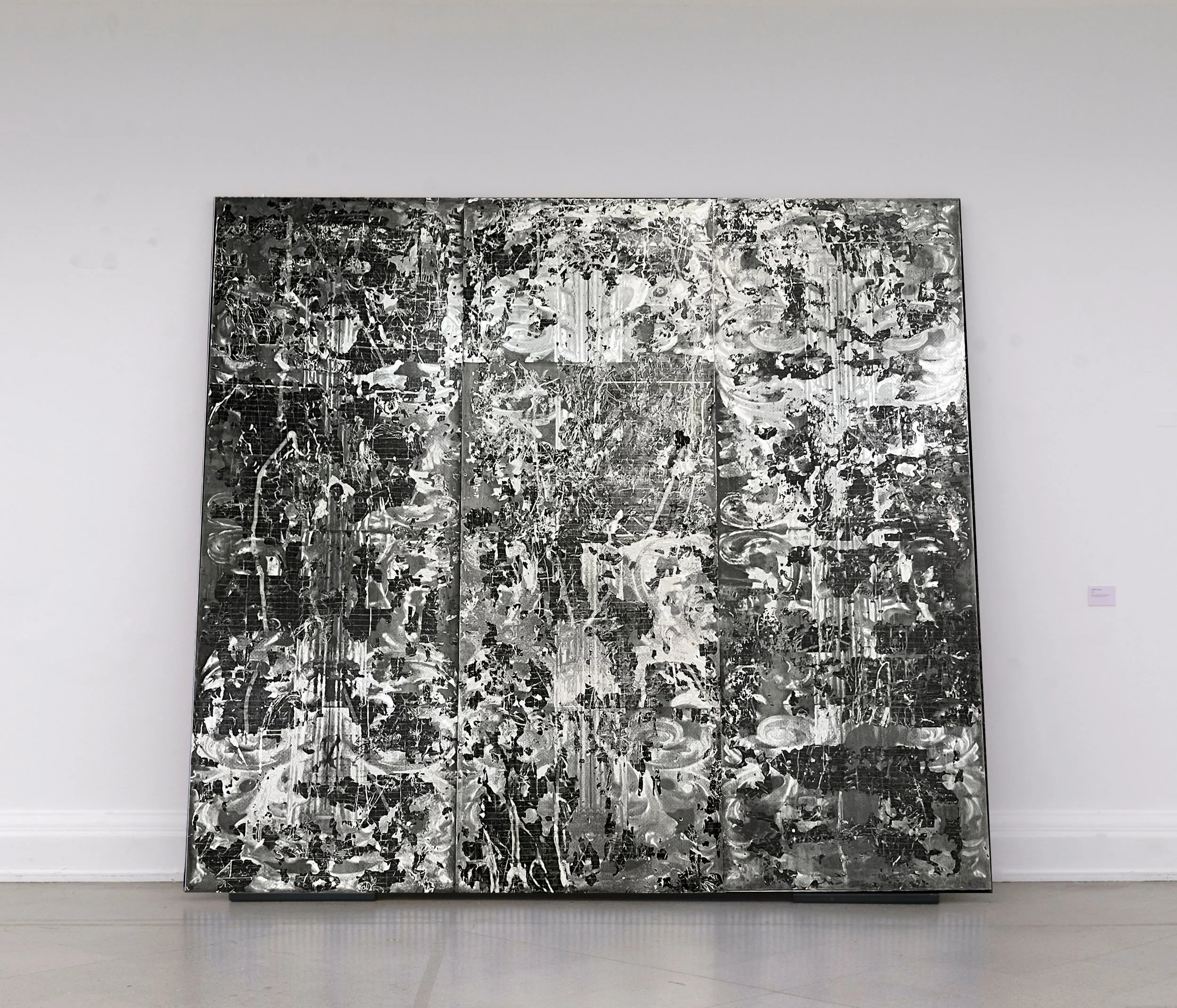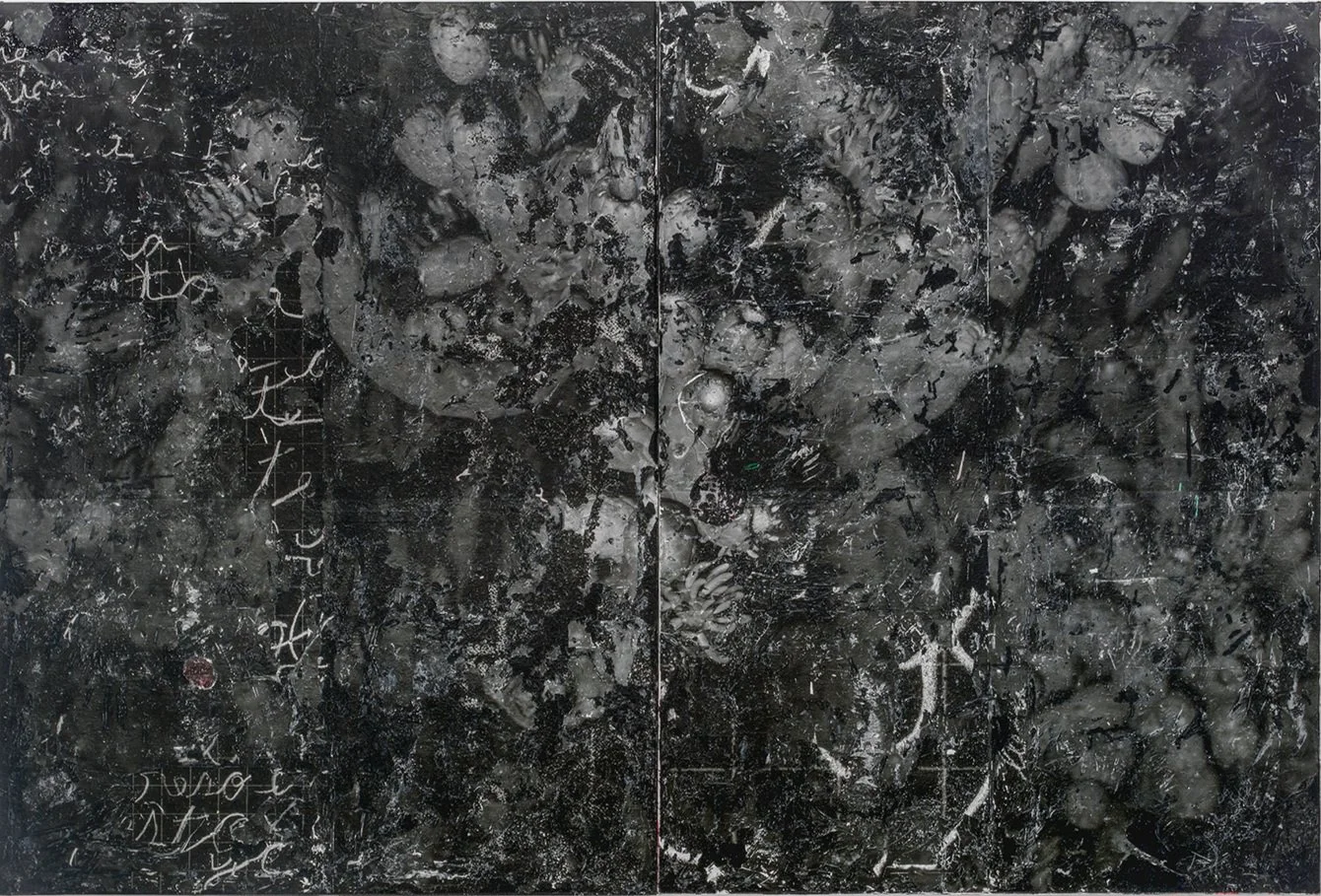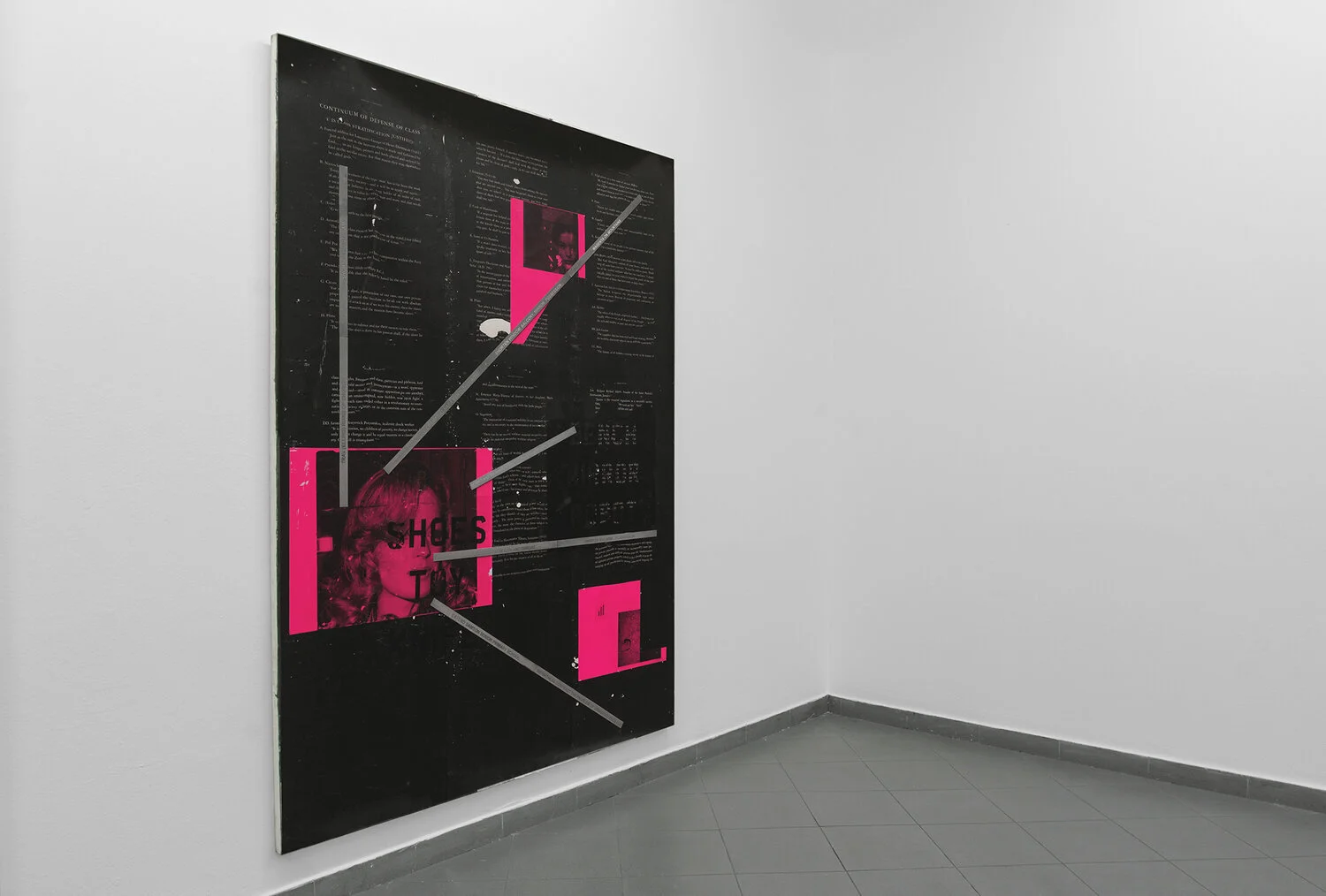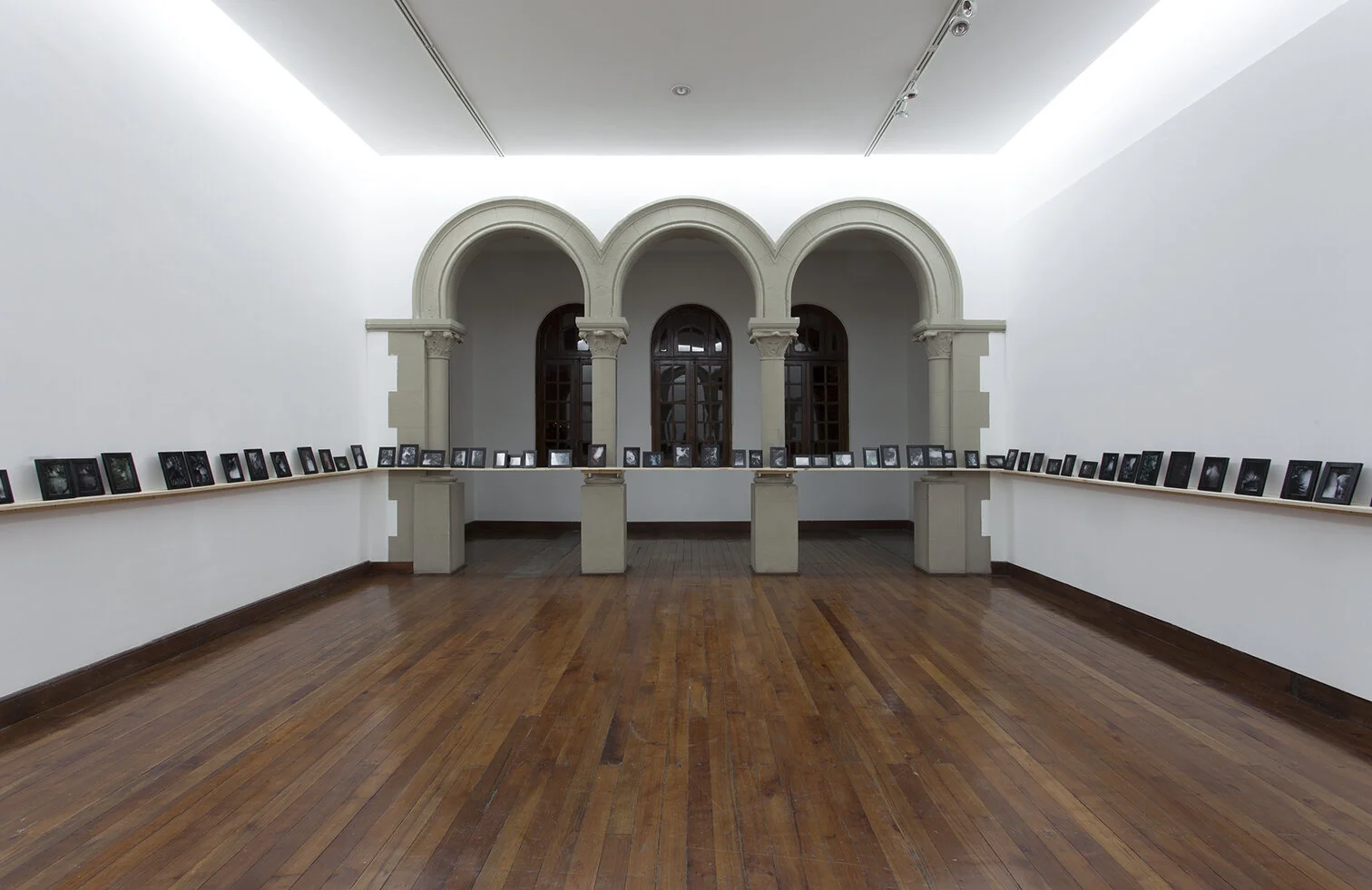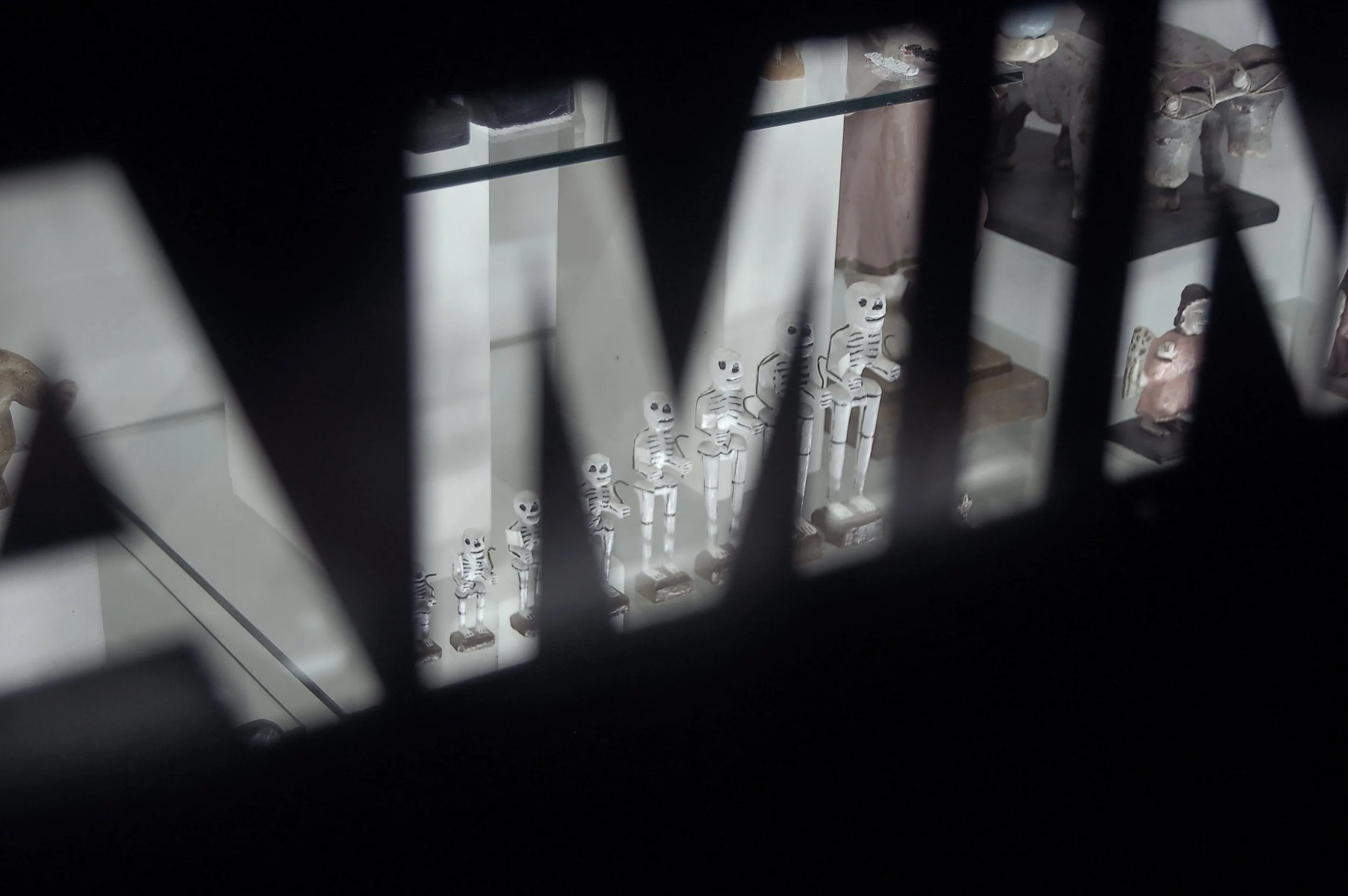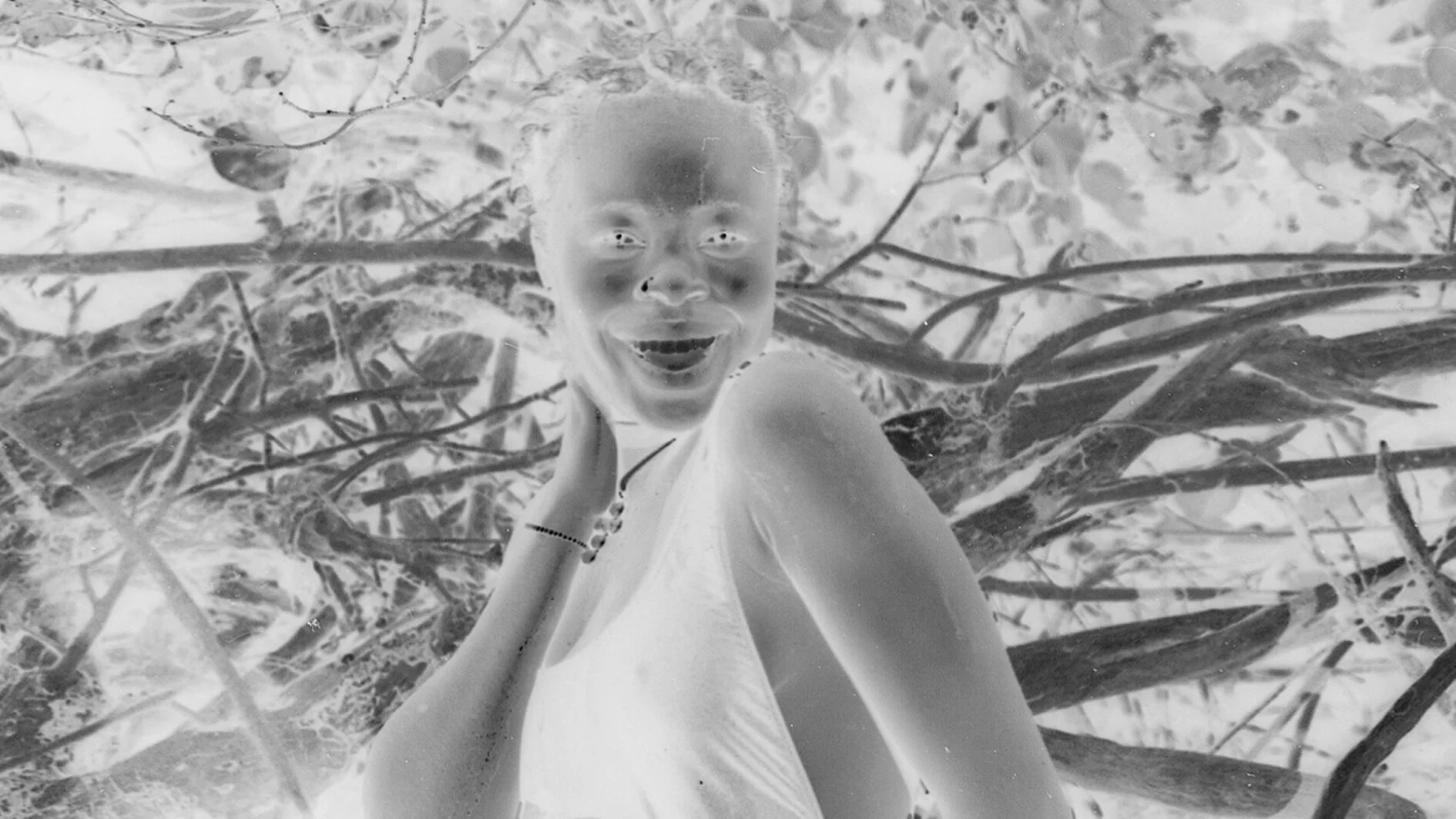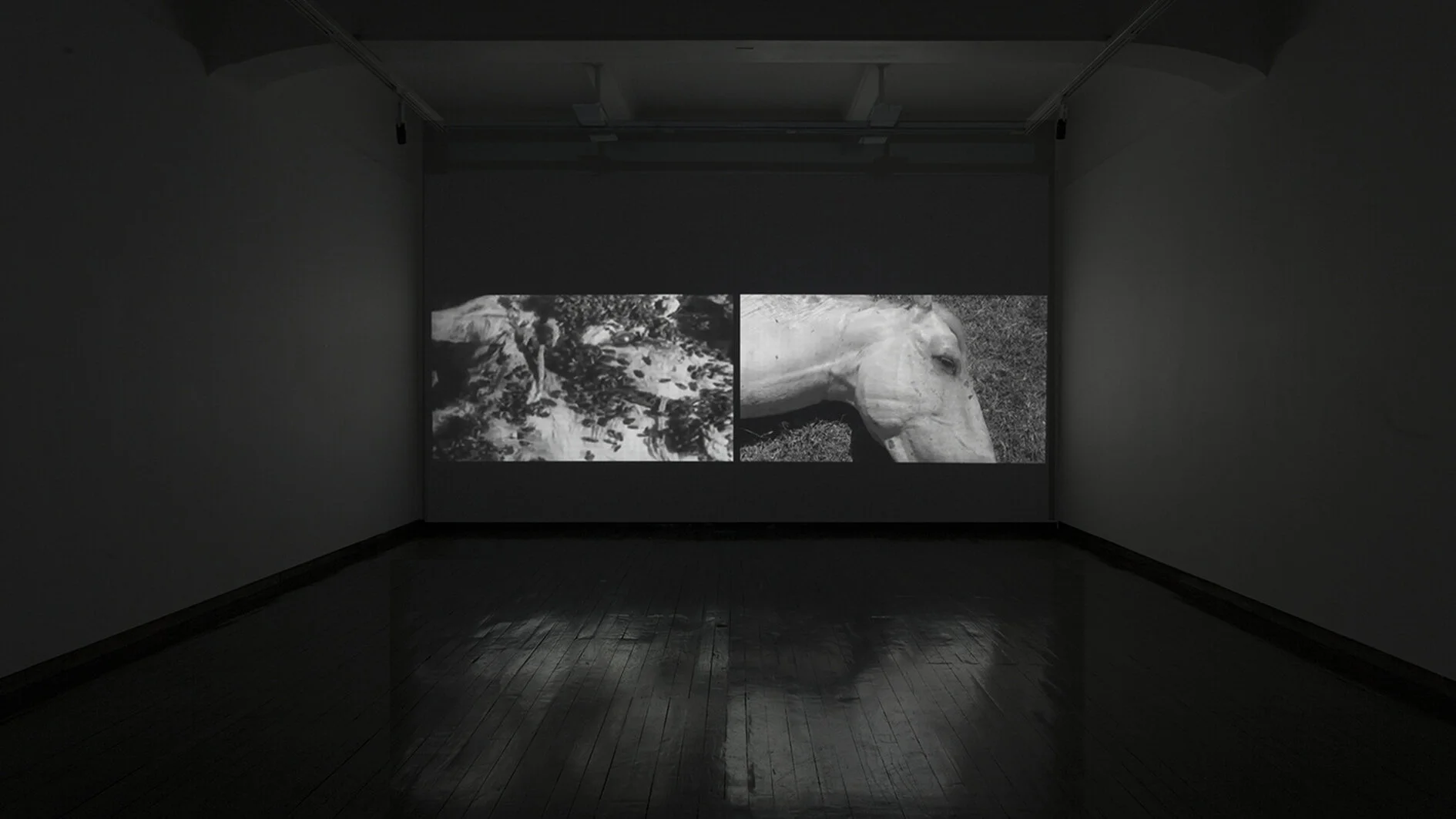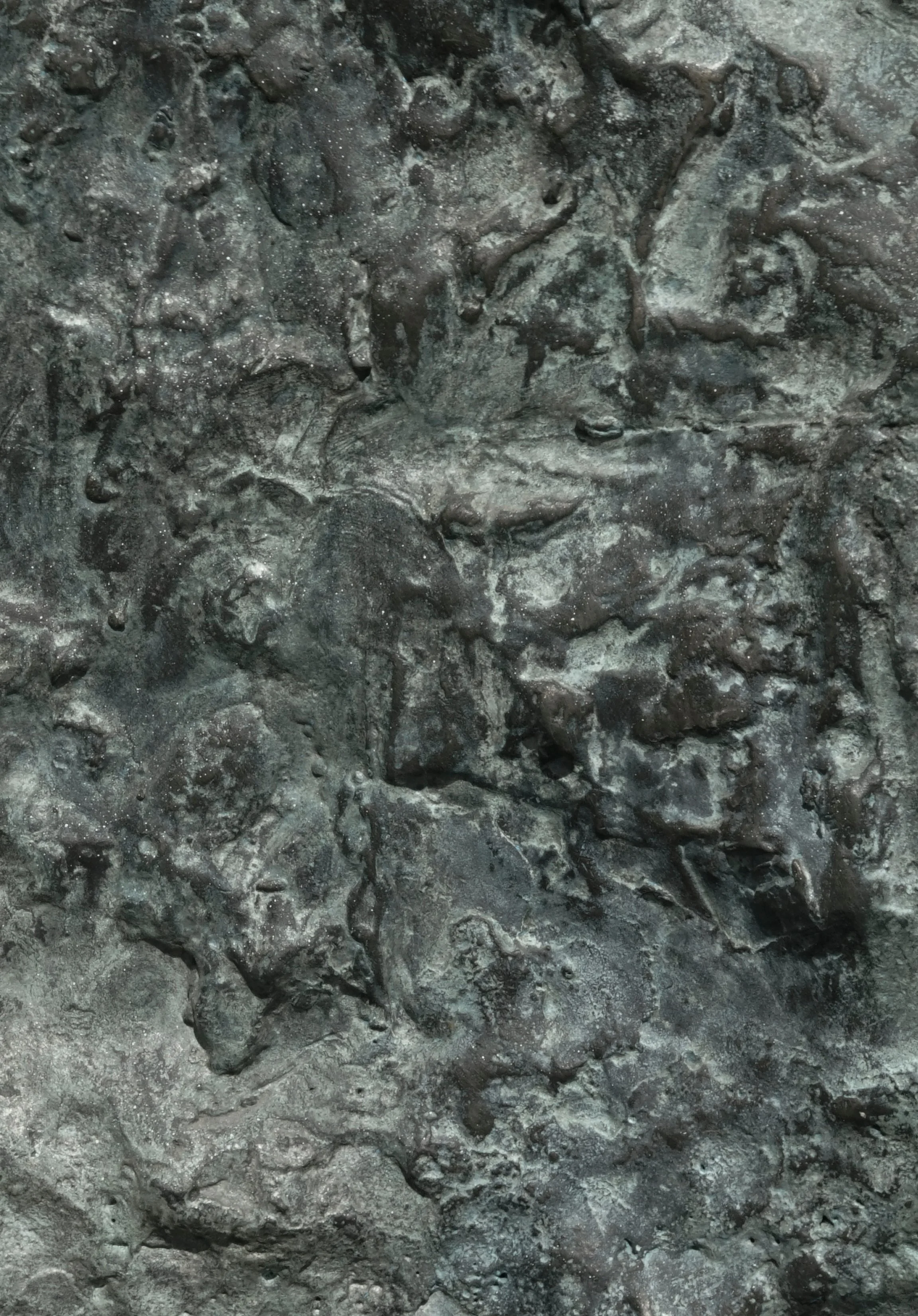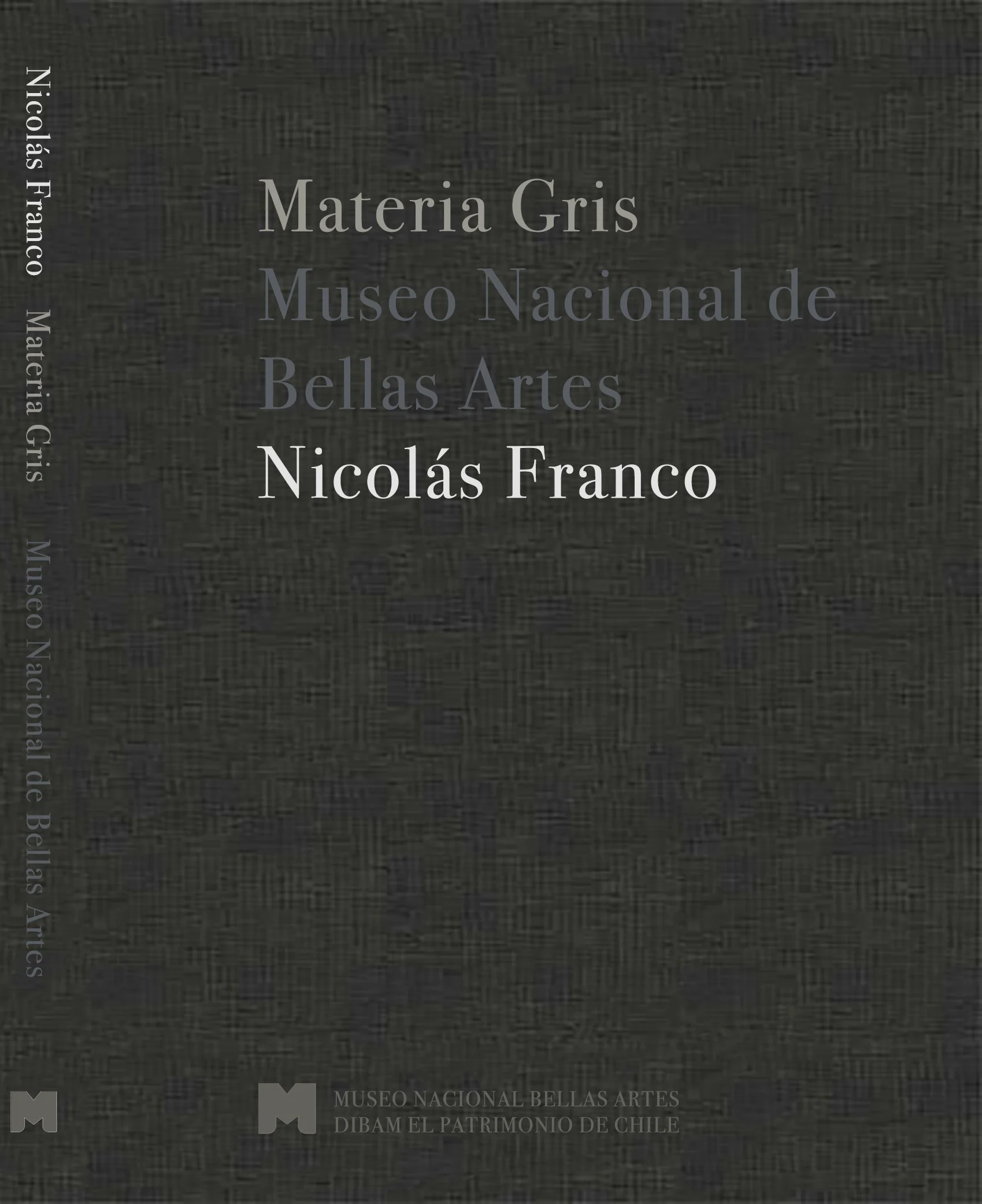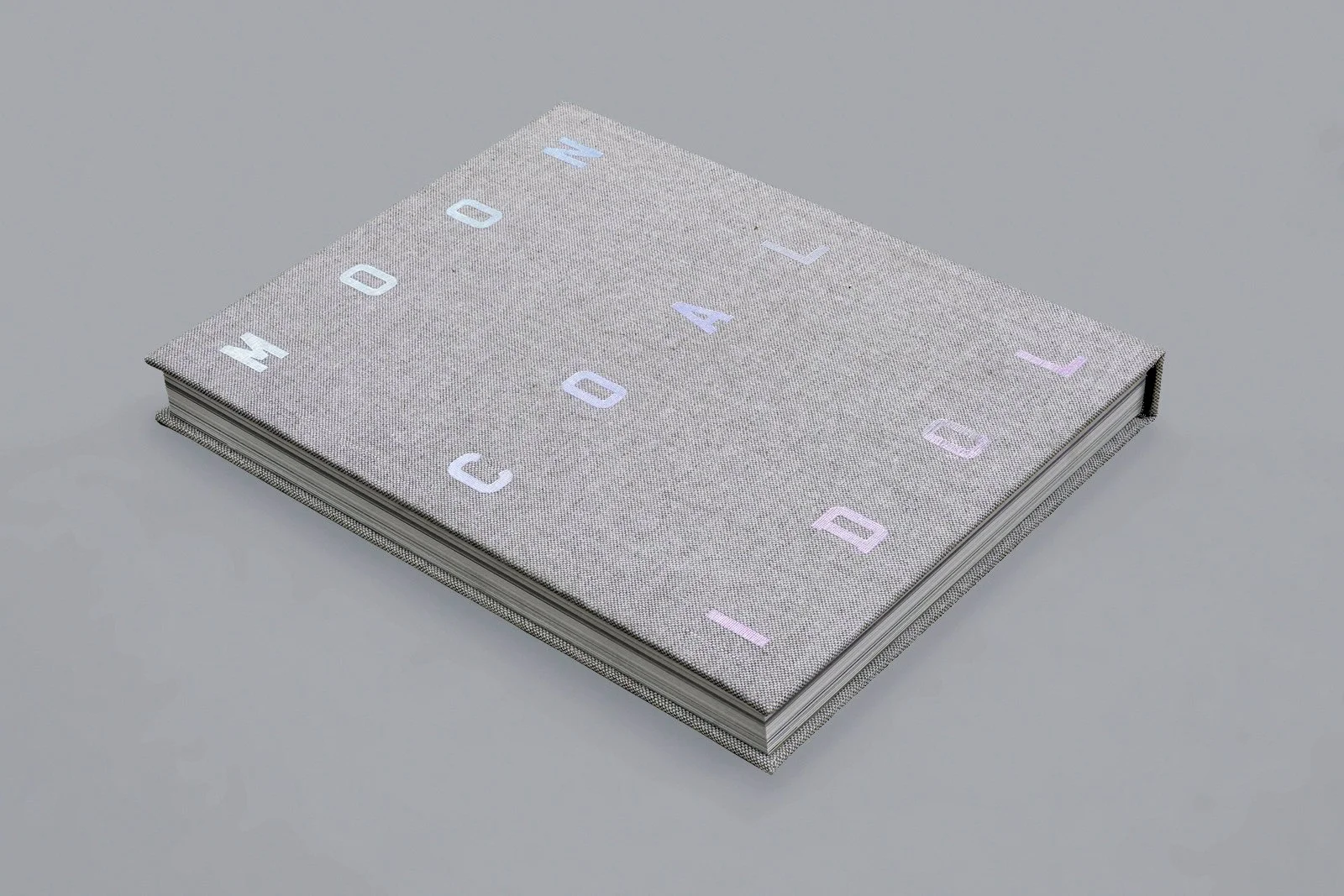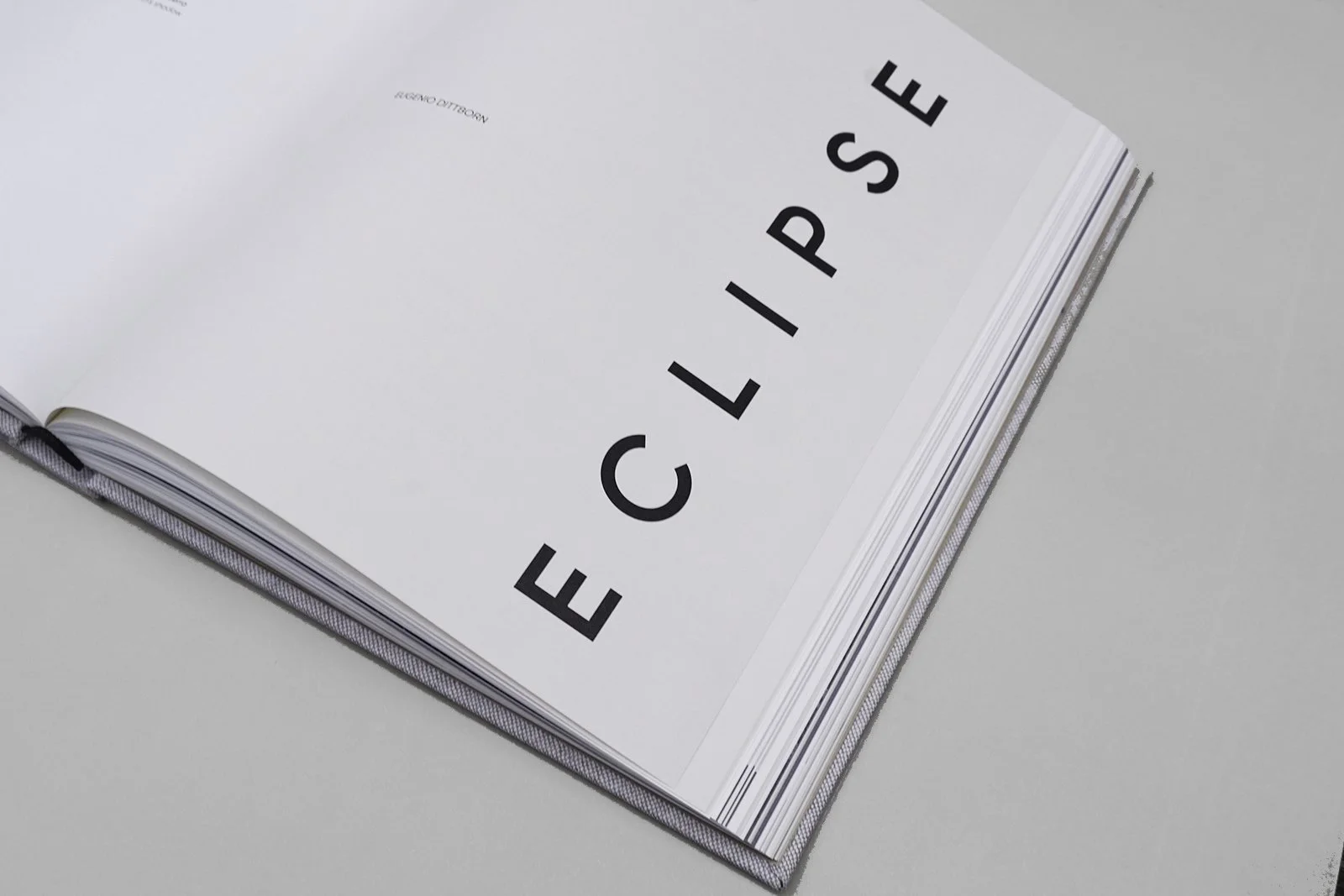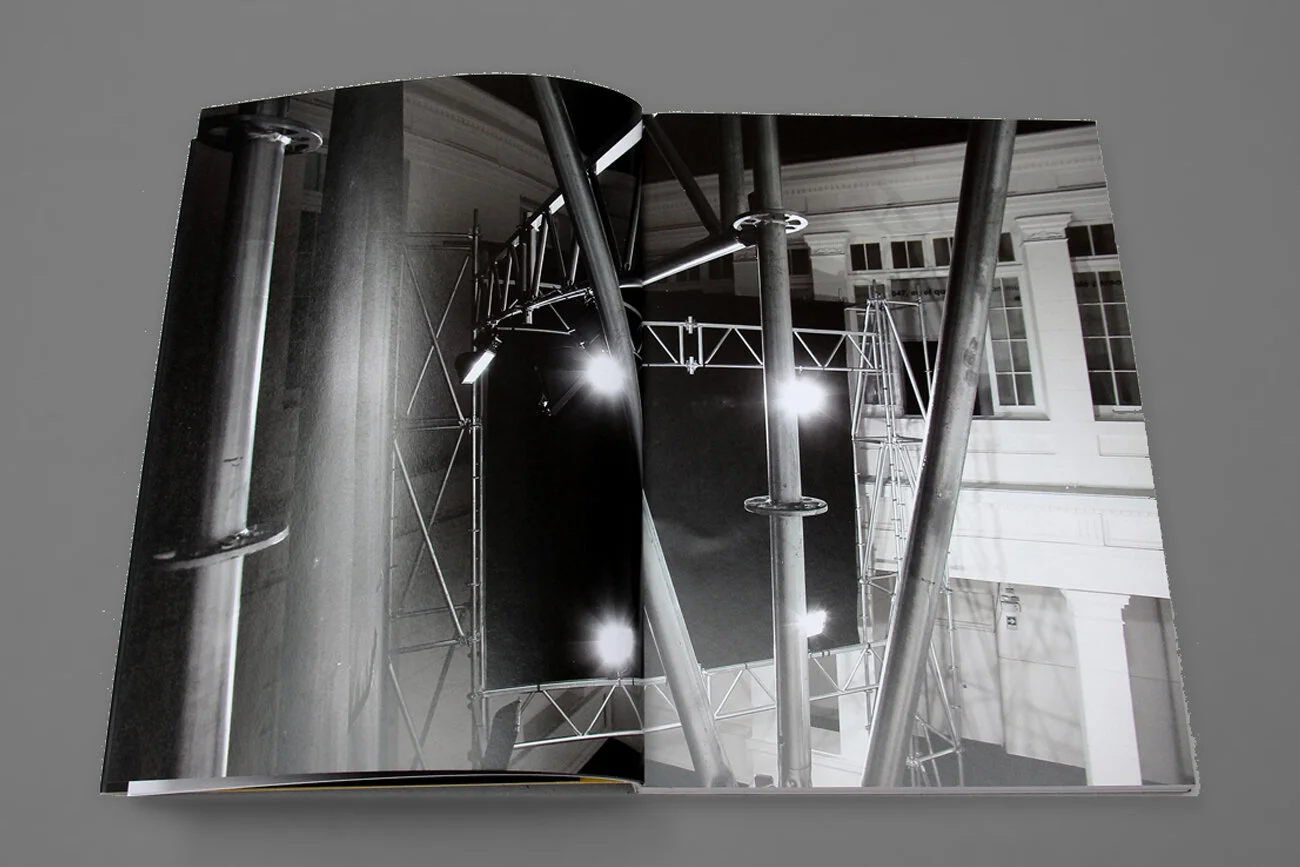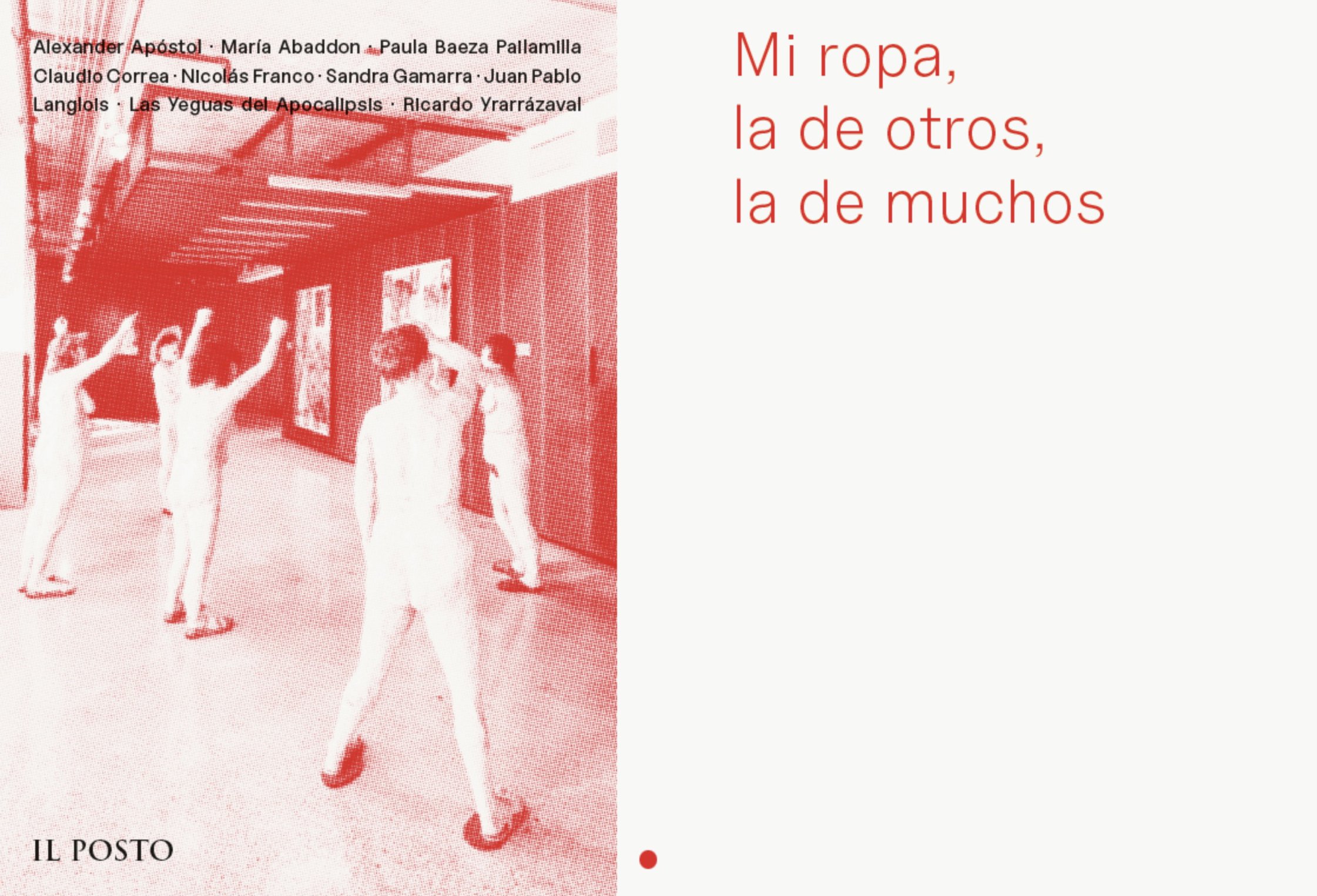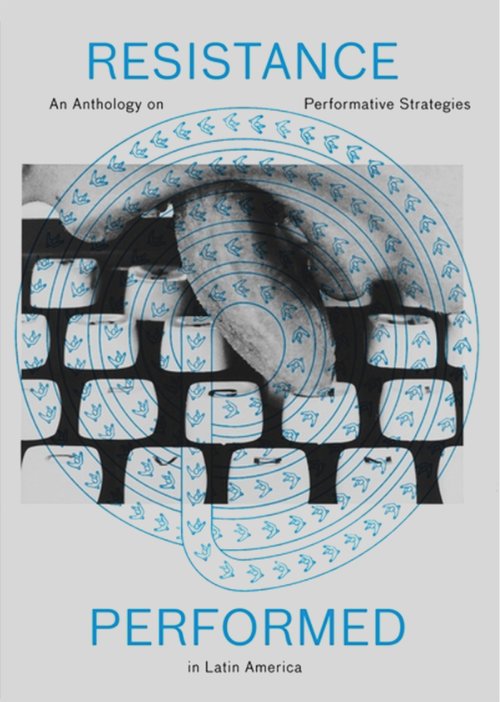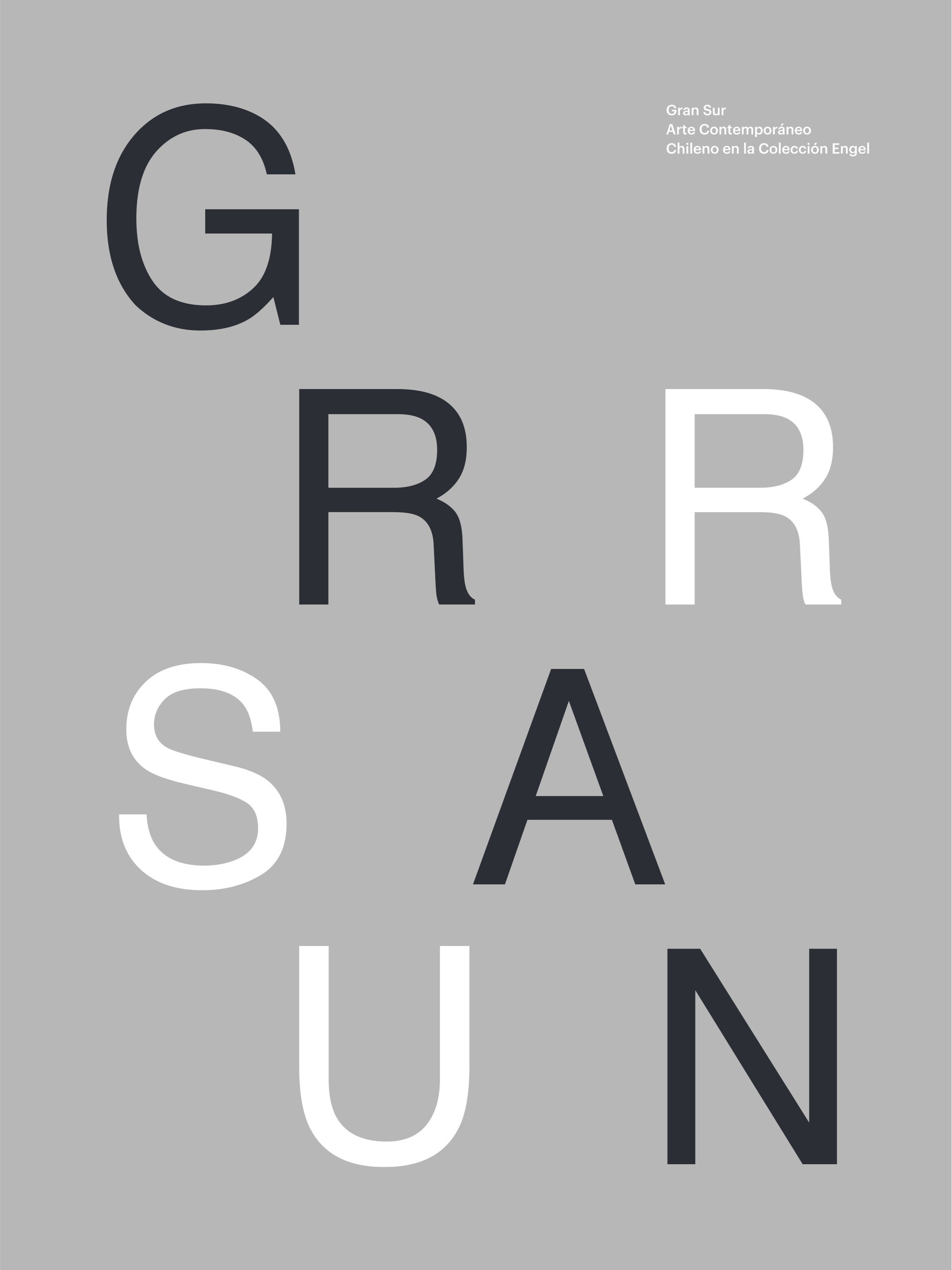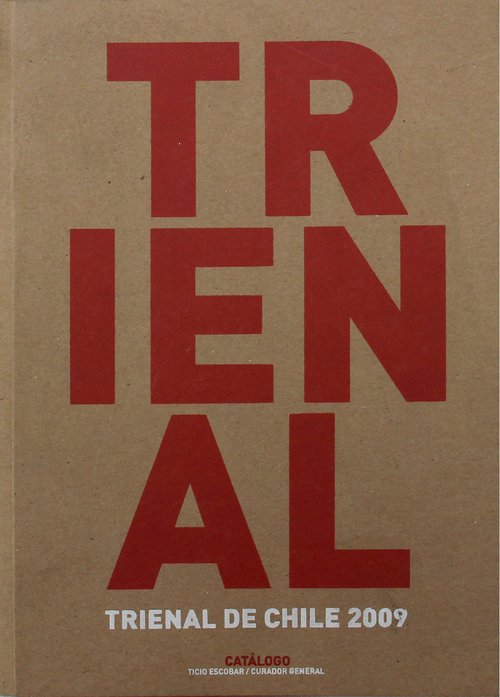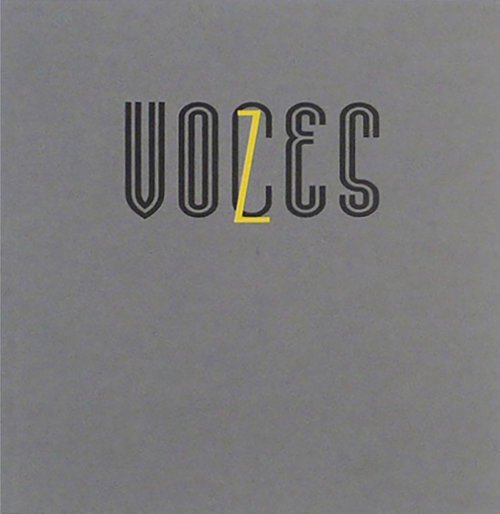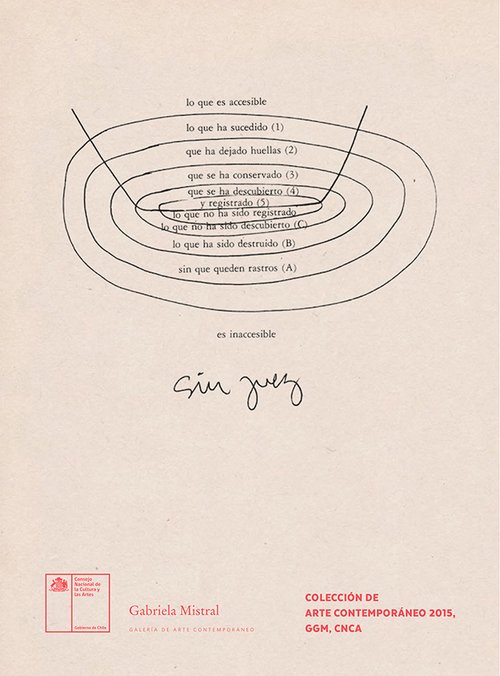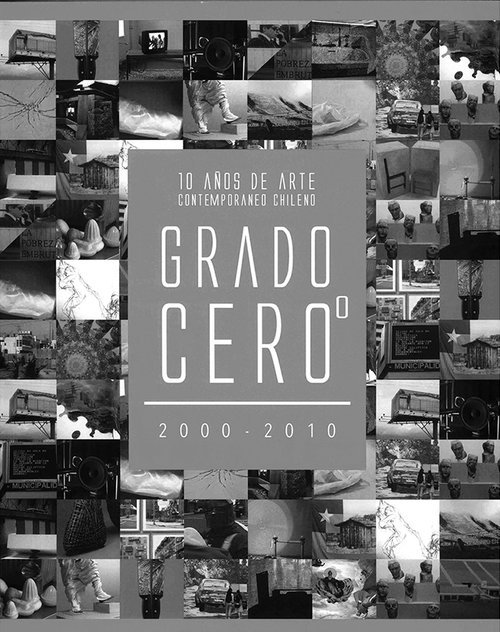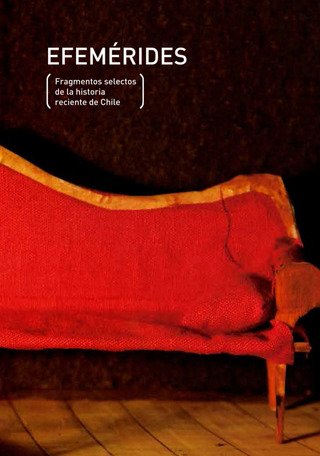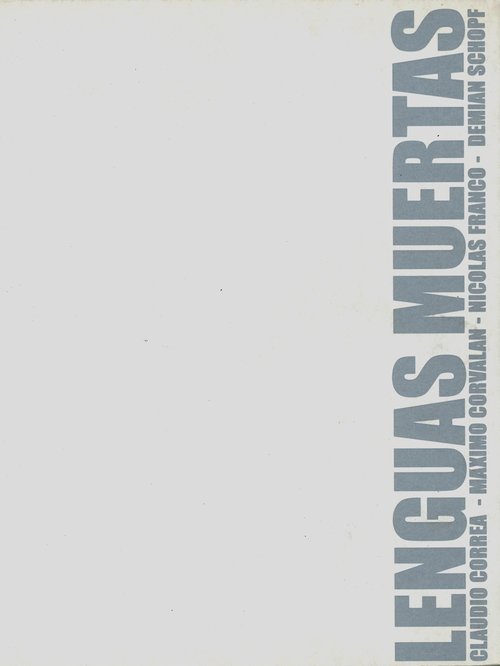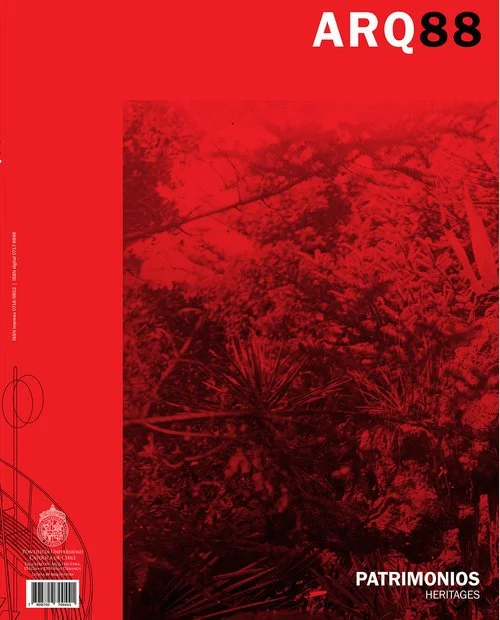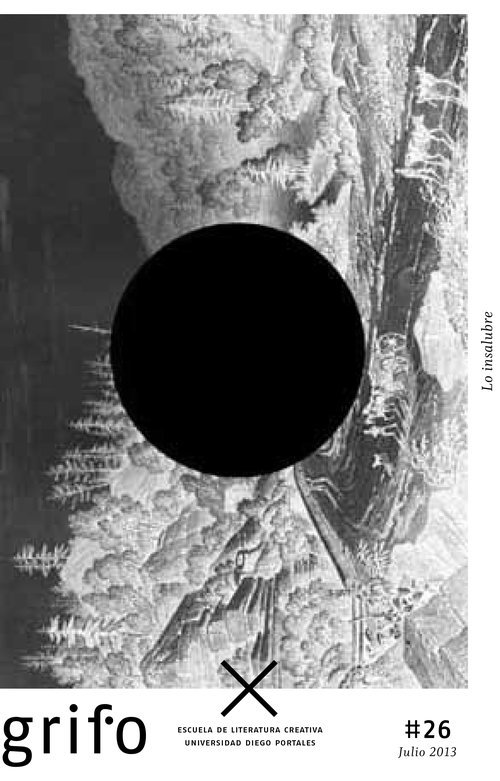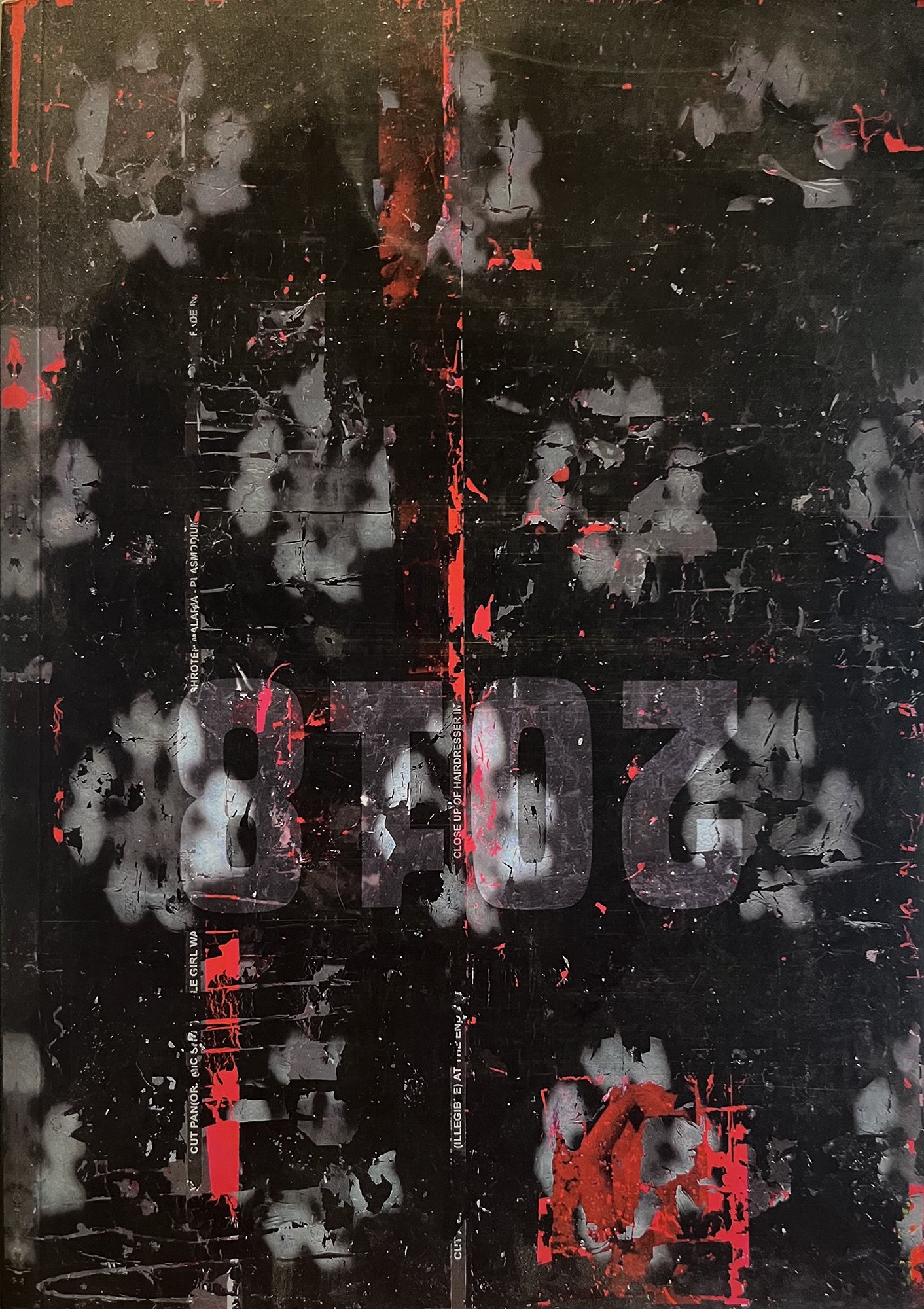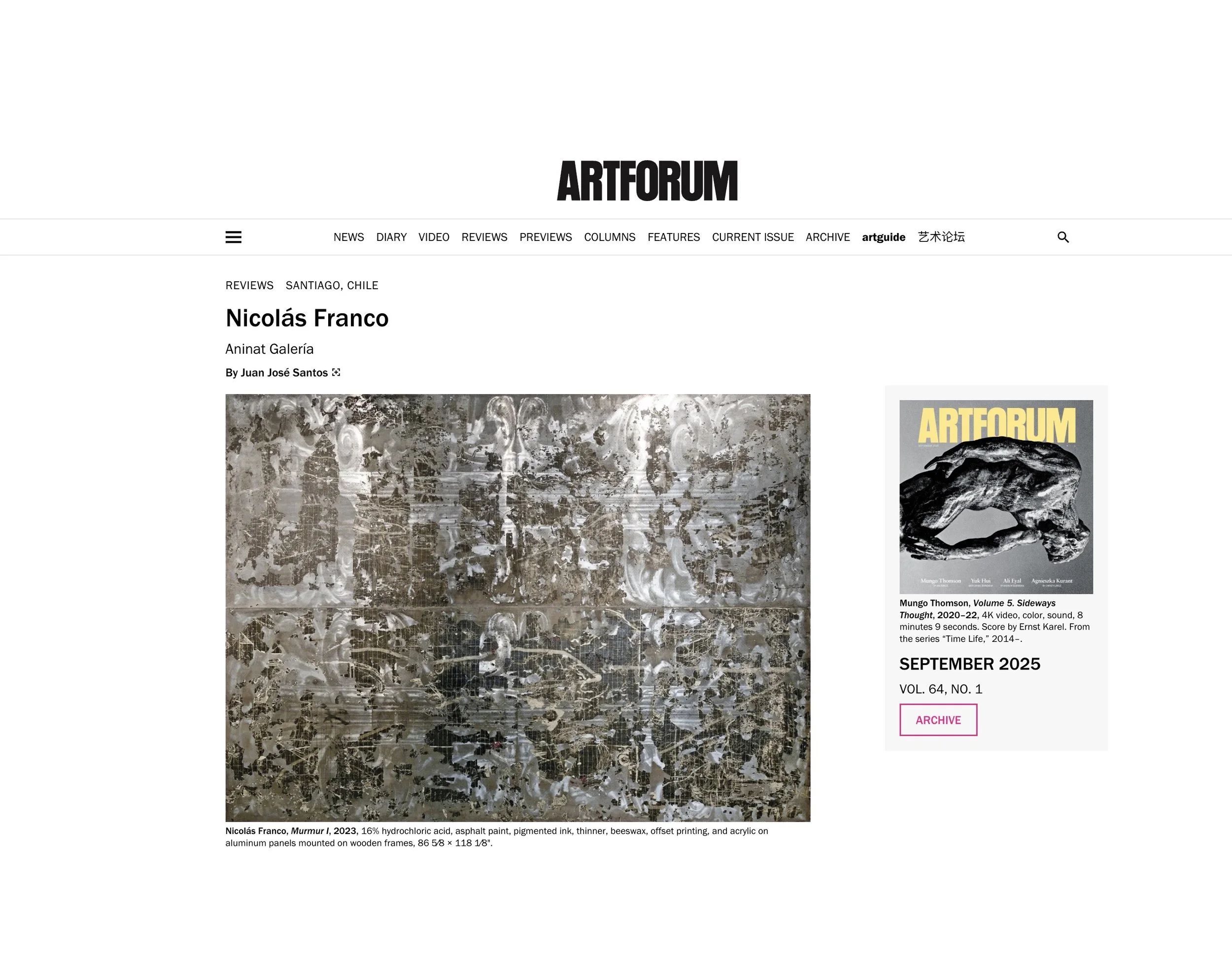
Nicolas Franco
MurMur
Galeria Aninat, Santiago
19.03 - 02.05. 2025
Nicolas Franco
Hueso Humo Alma
Offast
Ensayos
28.03 - 01.04. 2025
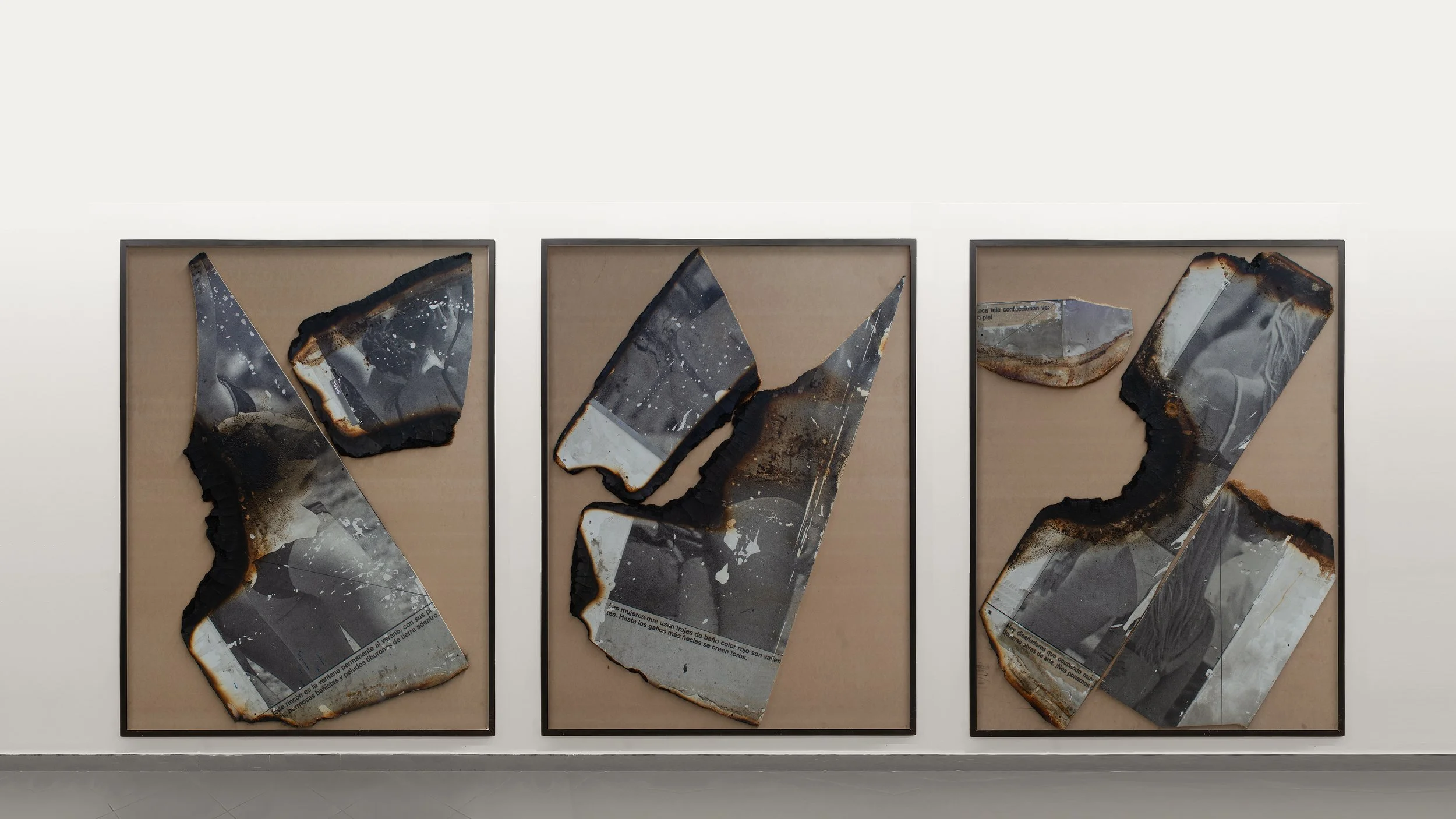
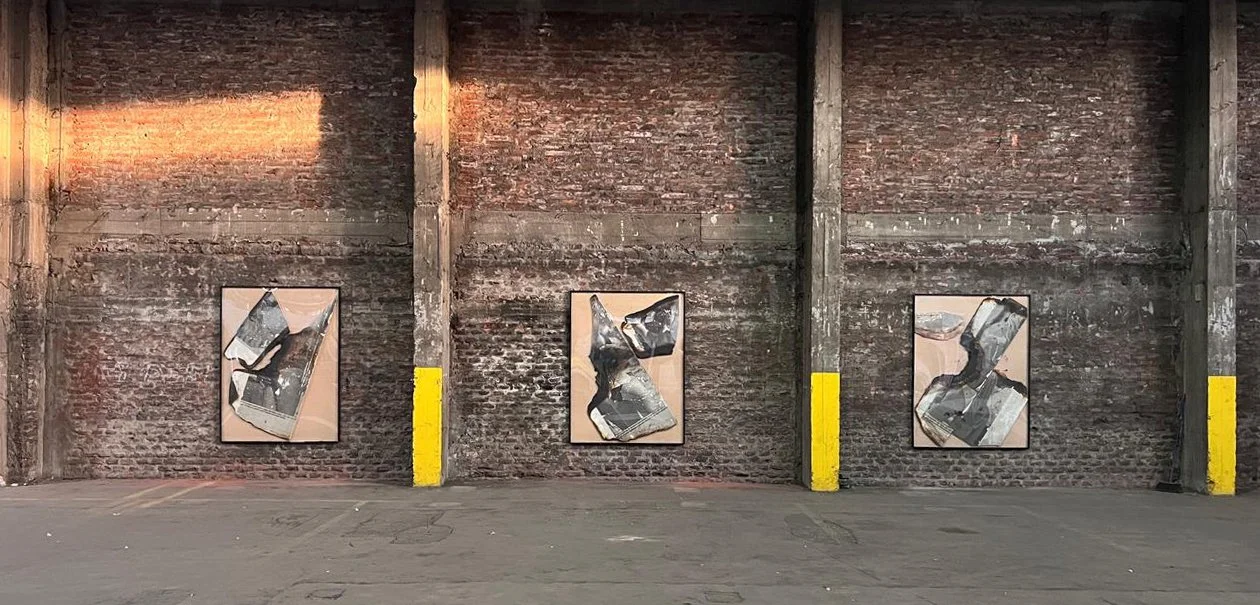

Materia Gris | Grey Matter
Museo Nacional de Bellas Artes, Sala Matta
Solo exhibition
Santiago, May - Aug. 2023

50 AÑOS
SUBTE - Montevideo
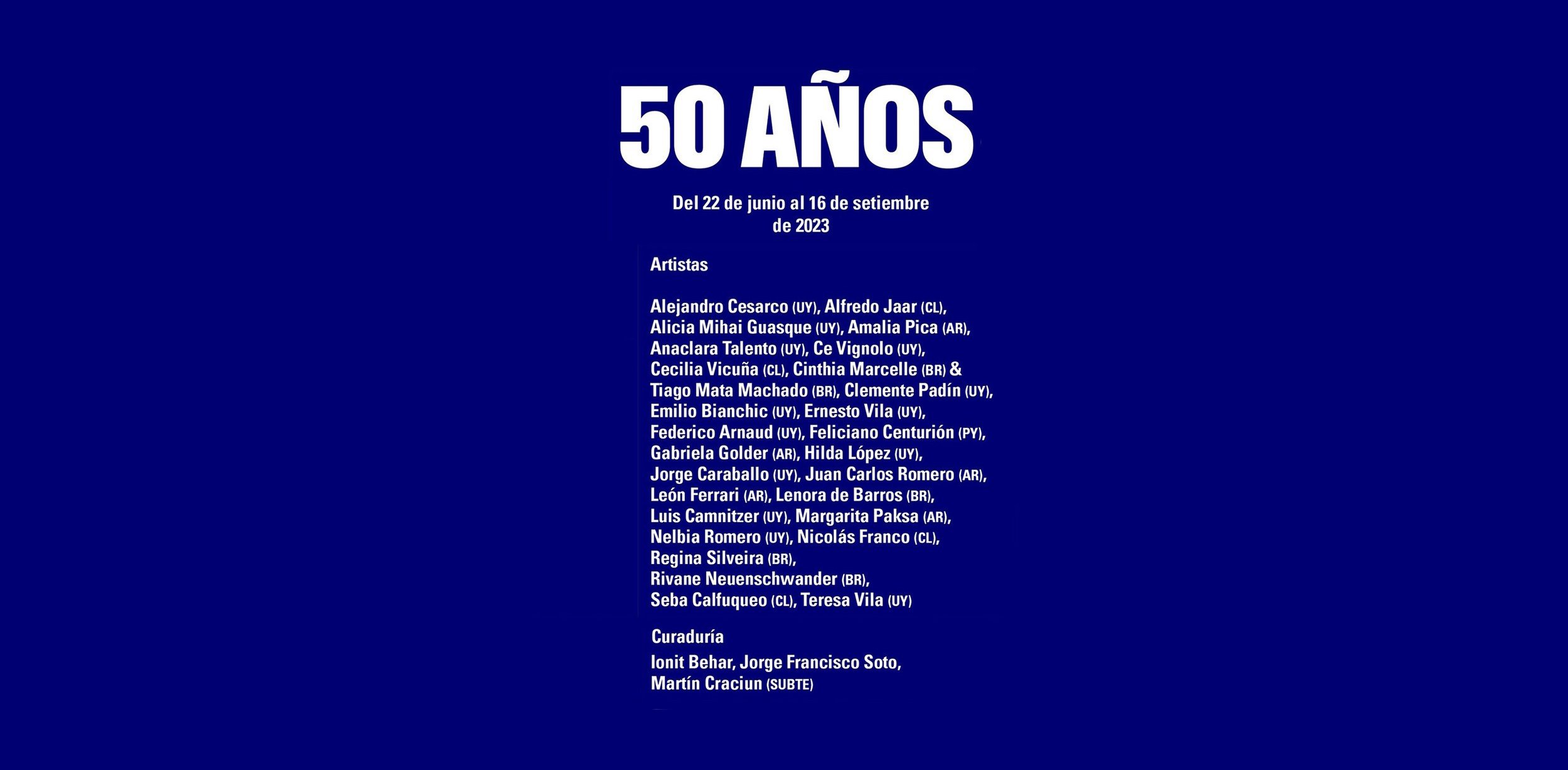

50 AÑOS
SUBTE - Montevideo


1973: A year in Art
Tate Modern
London, 25 Nov , 2019 - 18 Oct. 2020
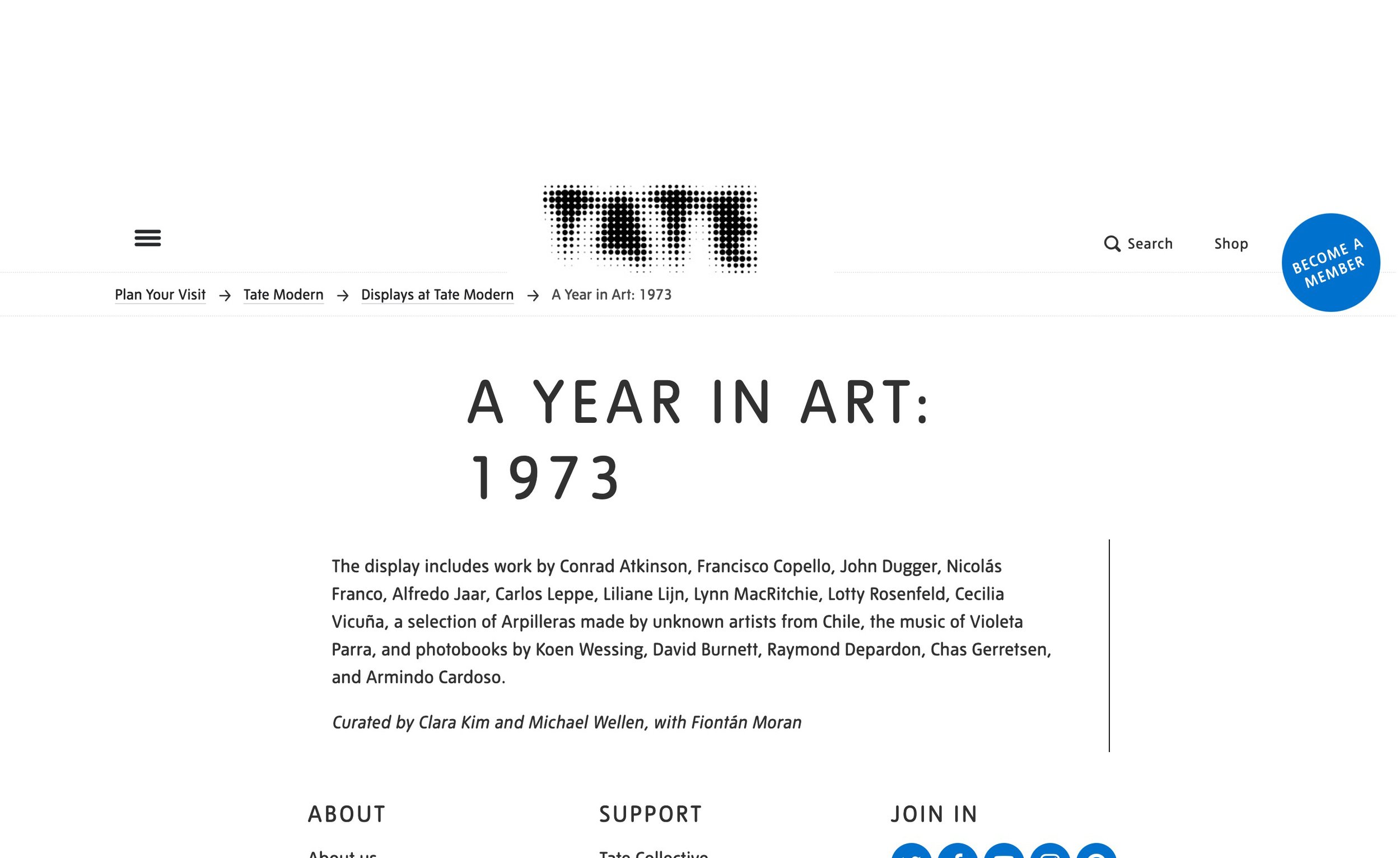
1973: A year in Art
Tate Modern
London, 25 Nov , 2019 - 18 Oct. 2020


Ayer y Hoy is now part of Tate Modern Collection
The acquisition was made possible thanks to the donation of Juan Yarur and Fundación Ama.

Benditas Ruinas
Solo Exhibition
Museo de Artes Visuales, Santiago, 2019

How it is (Romy)
2019
Expanded polyurethane, powder, motor oil, fiberglass, expanded metal, pigment ink, acrylic paint, acrylic resin, UV offset ink, silicone and offset aluminum plates mounted on pine wood panels.
230 x 296 cm
Private Collection, Buenos Aires
How it is Romy

How it is (Panorama)
2019
Expanded polyurethane, powder, motor oil, fiberglass, expanded metal, pigment ink, acrylic paint, acrylic resin, UV offset ink, silicone and offset aluminum plates mounted on pine wood panels.
260 x 370 cm
Colección Ricardo & Illan Senerman, Santiago
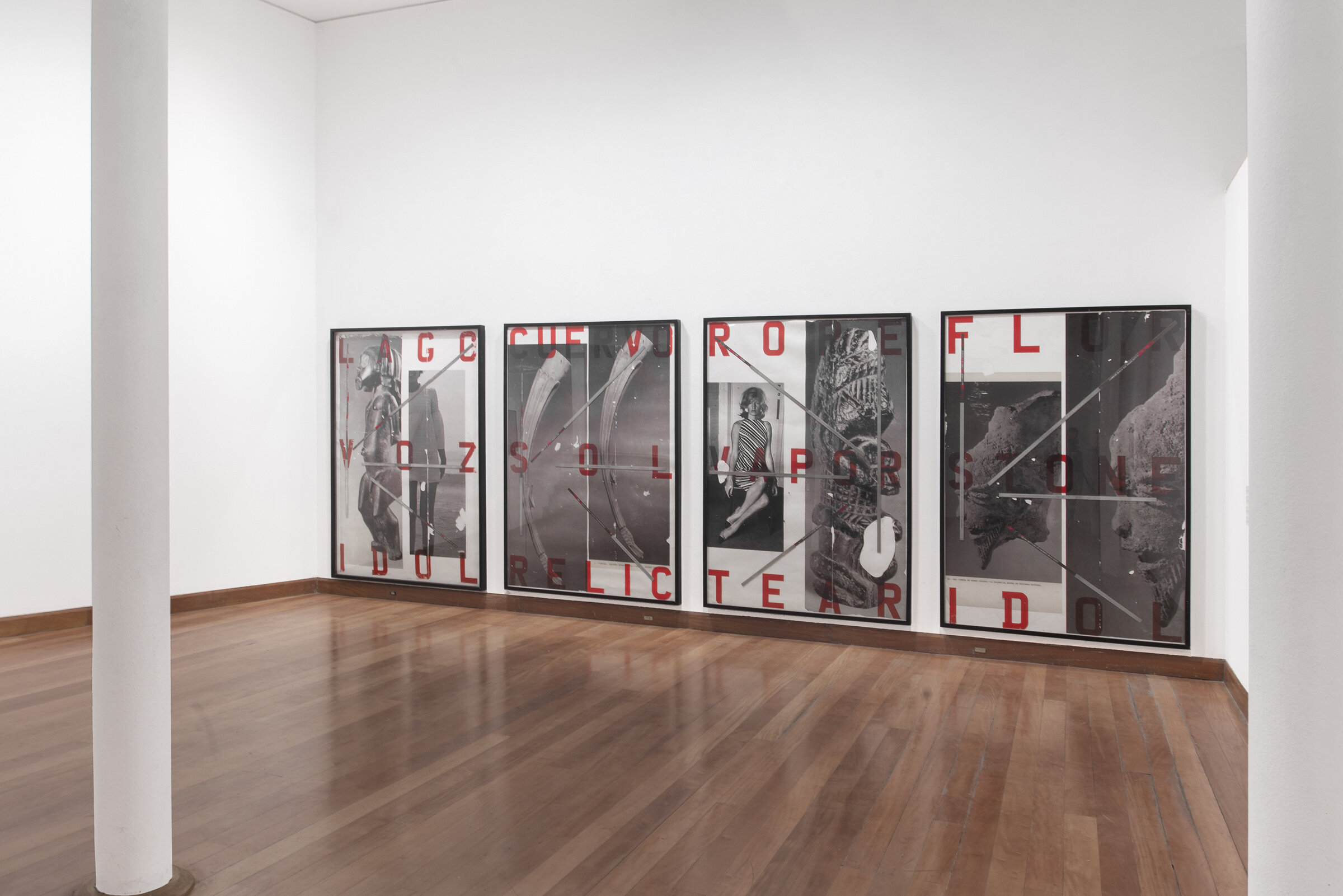
Parcours de incidents
2019 - ongoing
Pigment ink, acrylic paint, acrylic resin, offset ink, muriatic acid, aluminum plate, aluminum frame
220 x 38 x 3 cm
Colllection Il Posto, Santiago
Escuela Primaria
2017
Pigment ink, modified acrylic resins, acrylic paint and cold wax on linen
260 x 390 cm.
Colección Il Posto, Santiago

La Sábana
2017

Primeras Letras
Exhibition Views
LIMAC, 2017
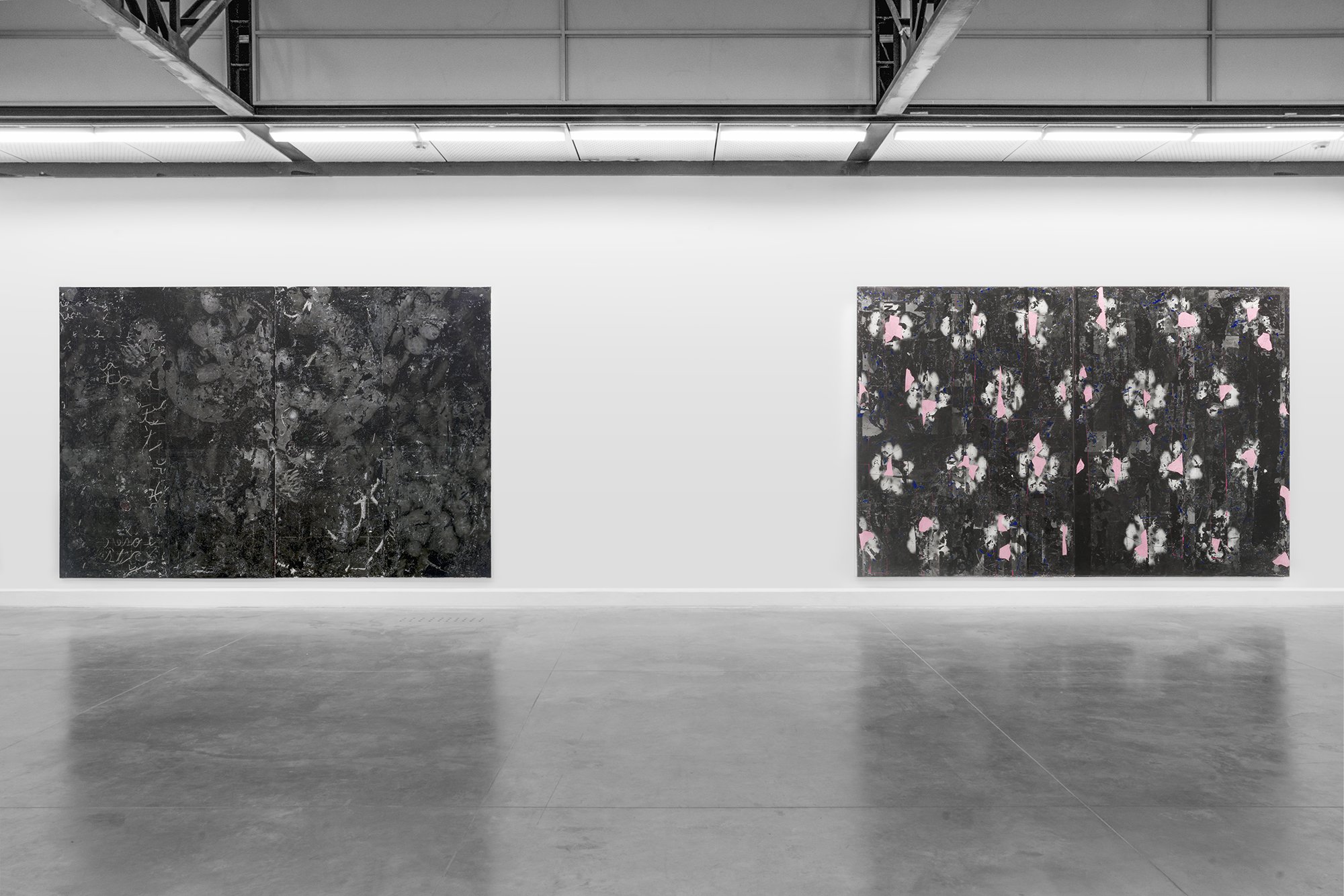
MHN 0319
2017
Pigment ink, modified acrylic resins, acrylic paint and cold wax on linen
260 x 390 cm.
Colección Eduardo Hochschild, Lima
MHN 0319 / Detalle

Expanded Printer Matter
2017
Pigment ink, modified acrylic resins, acrylic paint and muriatic acid on aluminum mounted on paper
220 x 152 cm.
Private Collection, Berlin,
Misfit (Güila)
2017
Pigment ink, acrylic resins, acrylic paint, polyethylene film, cotton paper, red pen, graphite, silk paper, adhesive and magnets on aluminum.
300 x 700 cm | 118,1 x 275,6 in
Treated like Flowers
2014
Pigment ink and acrylic resins on paper
6 parts, 220 x 152 cm. each
Colección Fundación Engel, Santiago.

Resistance Performed
Aesthetic Strategies under Repressive
Regimes in Latin America
Migros Museum für Gegenwartskunst; Zürich 2015

Tierra sin Pan
2015
Pigment ink transfer on wall, Laser cut inscriptions on wood blocks, plastic grapes, offset prints, archival pigment prints, plastic rope, paper, wood and acrylic display cases
2 parts, each, 170 x 100 x 85 cm.

Tierra sin Pan
2015
Pigment ink transfer on wall, Laser cut inscriptions on wood blocks, plastic grapes, offset prints, archival pigment prints, plastic rope, paper, wood and acrylic display cases
2 parts, each, 170 x 100 x 85 cm.
Ed. 1 of 3
NN (Malloco)
2015
Two preserved agave leaves with knife inscription mounted on wood and acrylic display case |
Dos hojas de agave preservadas con inscripción de texto a cortapluma, montadas en vitrina de madera y acrílico
170 x 30 x 50 cm | 66.9 x 11.8 x 19.6 inches
NN
2015
Bull horn with text inscription | Cacho de toro con inscripción de texto
13,4 x 7 x 3 Inches
34 x 18 x 7 cm
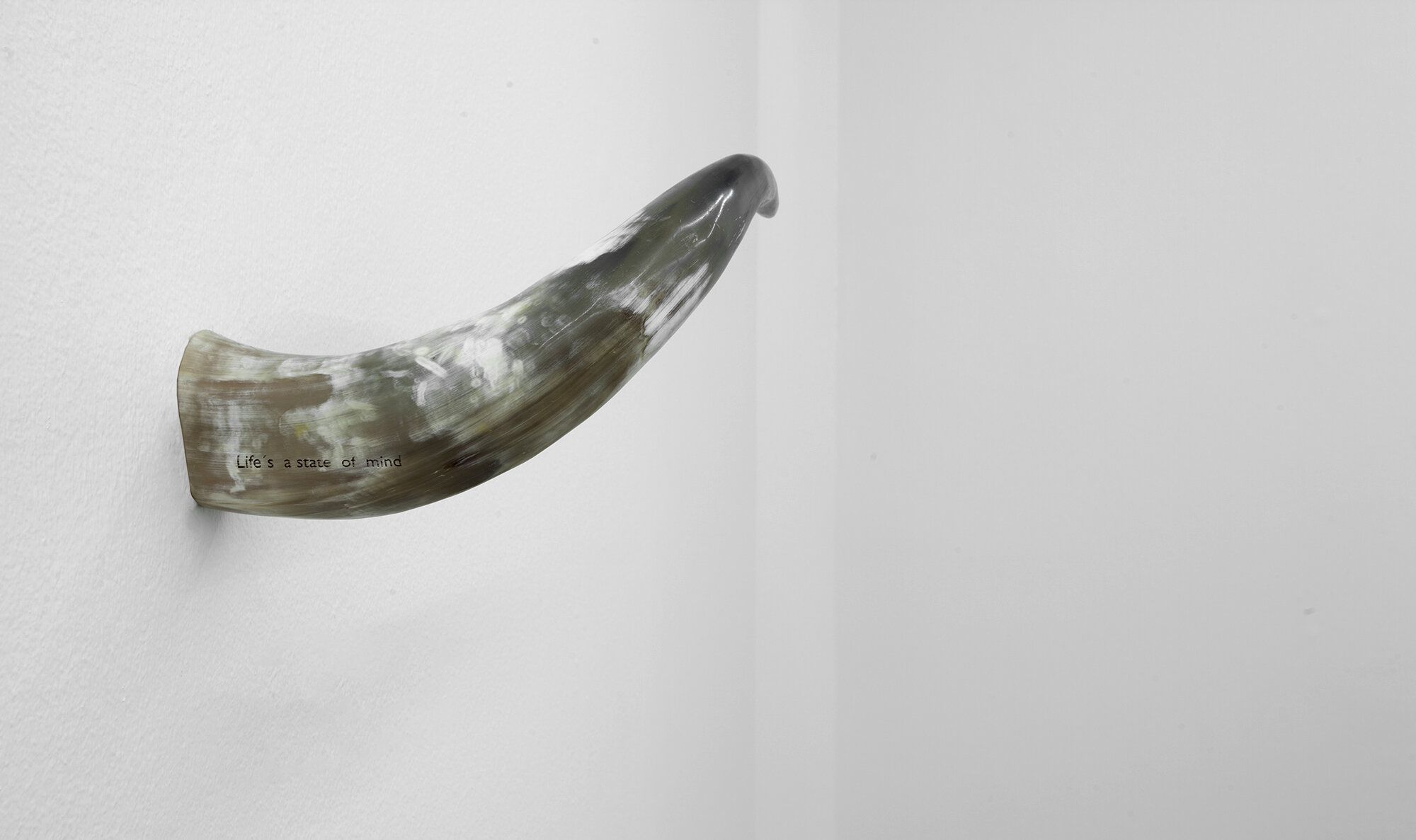
NN
2015
Molar humano cortado | cut out human molar
13,4 x 7 x 3 Inches
34 x 18 x 7 cm
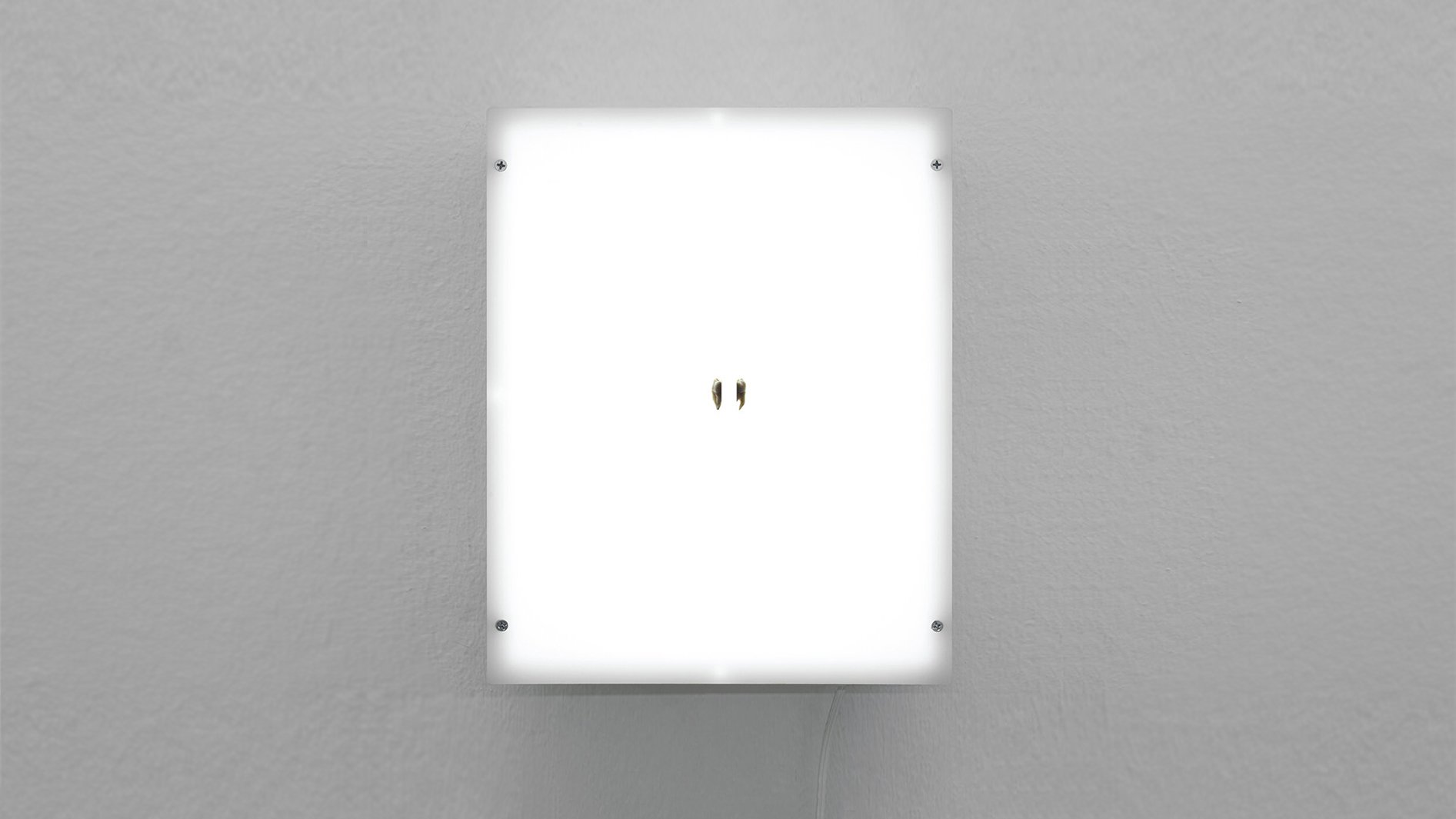
NN (Gallo Blanco)
2014
75 Archival pigment prints on photo paper.
wooden table frames, variable dimensions
NN (Carretera del Sol )
2015
Archival pigment print on Hahnemühle Platinum Rag cotton paper
Framed 37,4 x 25,6 Inches

Mellizas
Museo de Artes Visuales, 2014
EYES
2014
Museo de Artes Visuales, Santiago
Mellizas
2014
Silkscreen ink on stainless steel mounted on concrete plinth | Serigrafía sobre acero inoxidable montada en plinto de concreto
2 Parts, each 25,5 x 17,7 x 15,7 inches
2 partes de 65 x 45 x 40 cm. c/u
Circa
2014
Museo de Arte Contemporáneo, Parque Forestal
Solo Exhibition
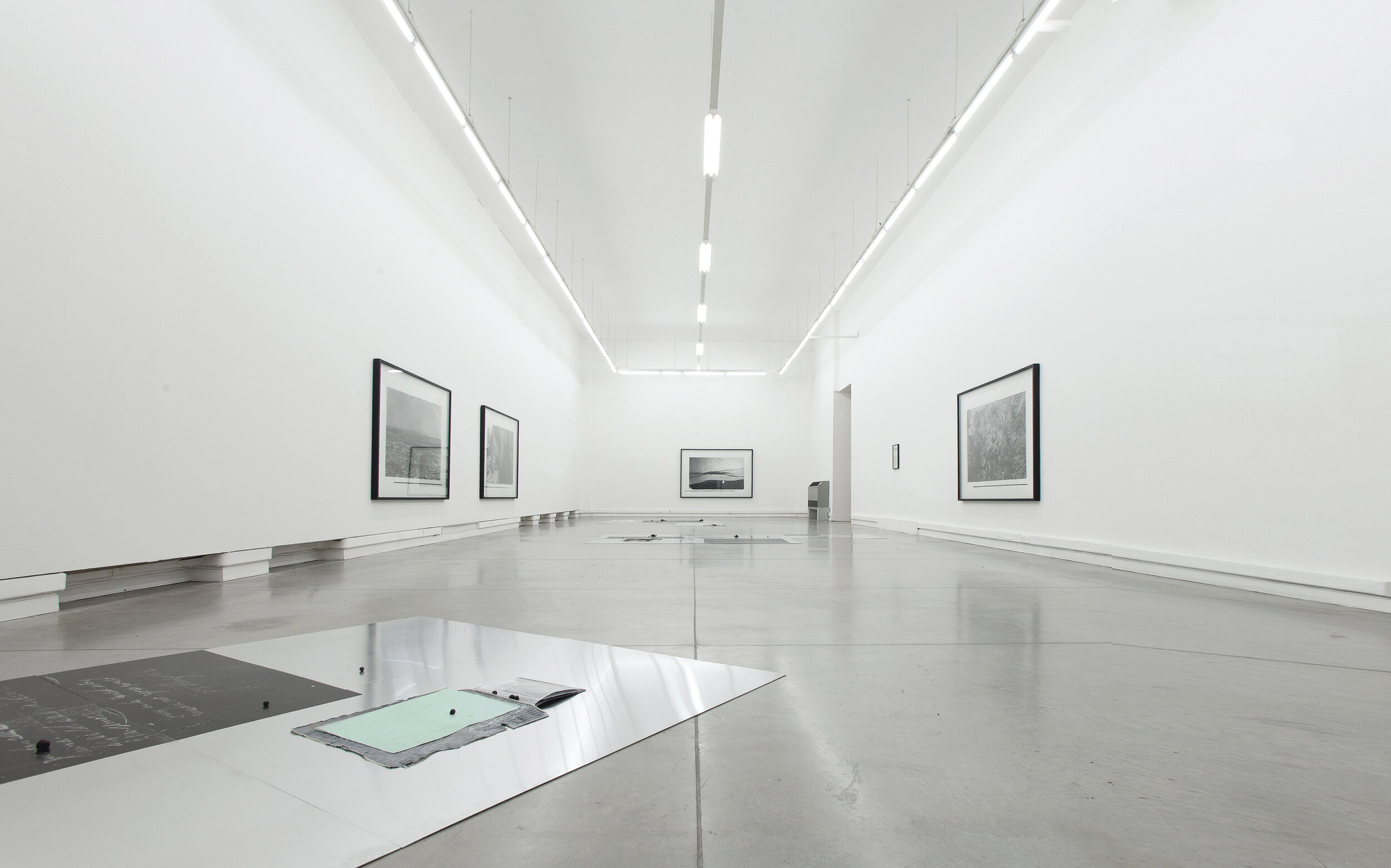
Film Noir
Pigment ink on polyethinel film
Variable dimensions.
Installation views, Gasworks, 2013
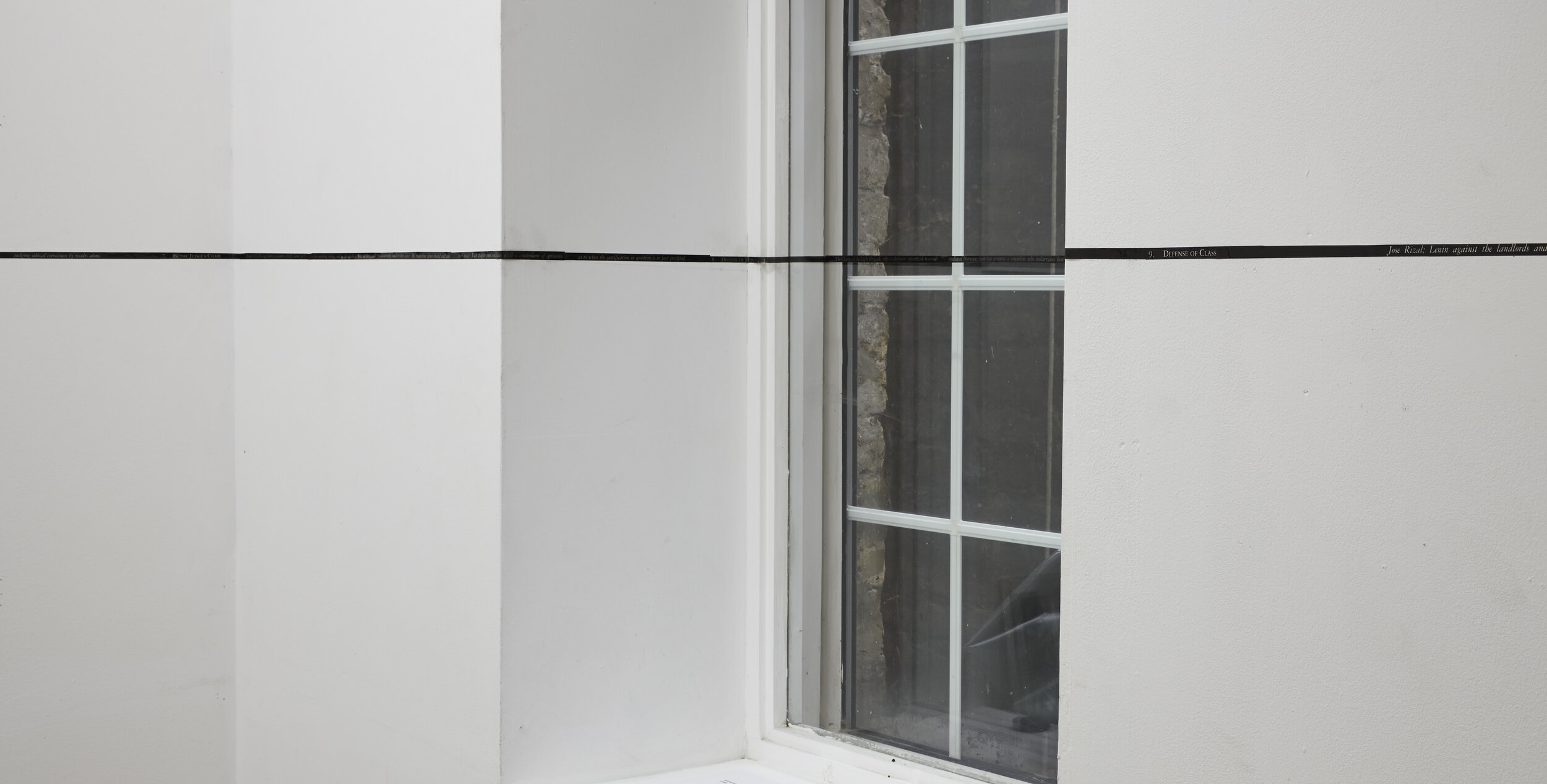
Ni mera forma ni puro contenido |
Neither mere form nor pure content
2009
Museo del Barro, Asunción (2009)
GÉNERO NEGRO
Trienal de Chile.
Museo de arte contemporáneo de Santiago

El carácter Destructivo |
The destructive character
2000
scanned 35mm negatives hand transferred to cotton paper
30 parts,
variable dimensions
FILMS
2005 - 2015

La imagen y su doble
2015
HD Video, Color, silent 31 min. |
Video HD, color, sin sonido 31 min
Video Installation views | Vistas de video instalación
Galería Macchina, Santiago 2015
La Imagen y su doble
Video still

La imagen y su doble
Video stills

Una fiesta extraña y bárbara (parte I)
2015

MONOGRAPHS

MATERIA GRIS |
GRAY MATTER
* Upcoming 2024
English - Spanish | 104 pp
Softcover with plastic lining
19,5 x 28 cm
With: Sebastián Vidal Valenzuela, Ariel Florencia Richards, Ana María Risco
Publisher: Fondo Nacional de la Cultura y las Artes, Ministerio de las Culturas, las Artes y el Patrimonio.
ISBN: TBA
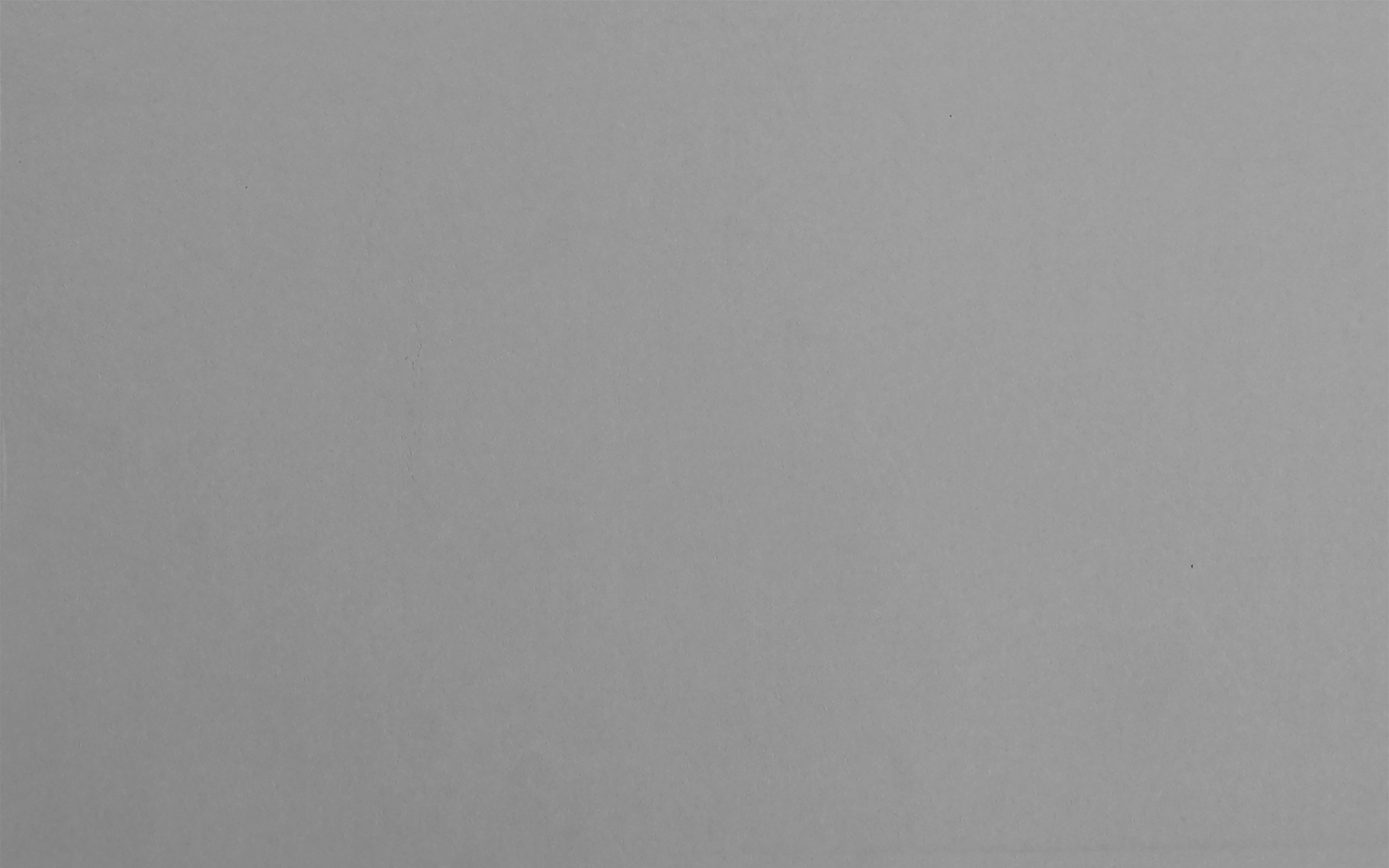
MATERIA GRIS
Spanish | 48 pages
Softcover
21.5 x 14 cm
With: Sebastián Vidal Valenzuela
Publisher:
©Museo Nacional de Bellas Artes de Santiago

MOON COAL IDOL
2018
English, Spanish | 272 pages
Hardcover with linen and holographic foil
21.5 x 27 cm
With: Heike Munder, Eugenio Dittborn, Ana María Risco, Christian Viveros Fauné, Sebastíán Vidal Valenzuela, Paz López, Patricio Zarate
ISBN: 978-956-393-814-2
X, Y, Z
2013
English - Spanish | 140 pages
Softcover with dust jacket
24 x 17 cm
With Eugenio Dittborn & Fernando Castro
Published by Museo Nacional de Bellas Artes
ISBN: 978-956-8890-18-6

LA SÁBANA | THE SHEET
2018
English - Spanish | 24 pages
Softcover with fold - out pages.
20 x 20 cm
With Ana María Risco, Oriana Bernasconi, Sebastián Vidal Valenzuela, Manuel Guerrero Antequera, Manuel Gárate Chateau, María Teresa Johansson
Published by Tecnologías Políticas de la Memoria, UAI.

EXHIBITION CATALOGUES

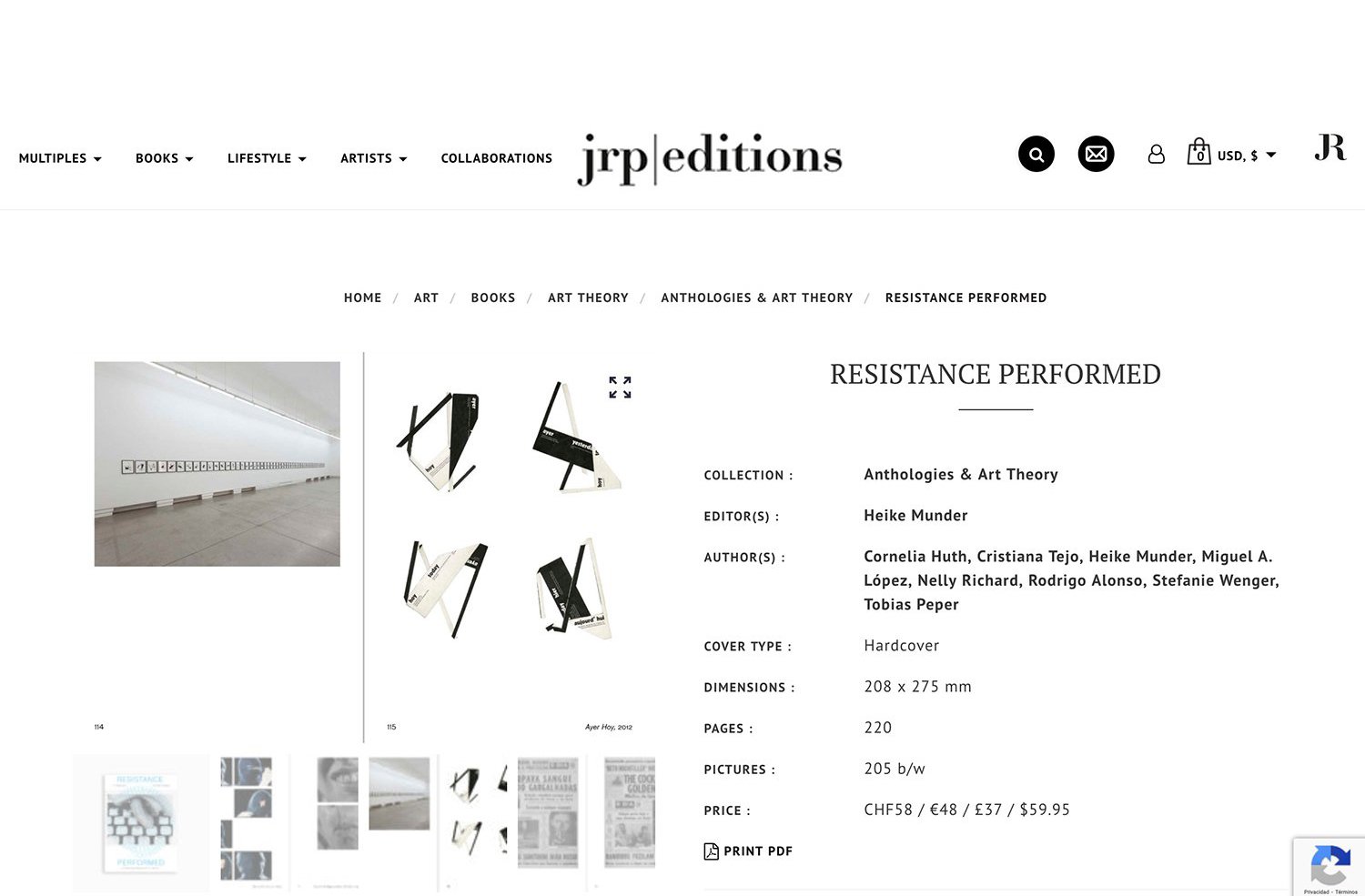
During the last decade Nicolás Franco's work has revolved around the idea of painting. Often eluding the very practice of painting, Franco has examined its components, its physical identity, its language and its history. Formally, his work consists mainly of producing singular images from what has already been seen. The images, taken from sources as diverse as anthropology or the popular press, are subjected to experimental protocols in order to be returned, altered, to their existence. At times, the works adopt the precise forms of editorial design; at others, the result is reminiscent of the most radical abstract expressionism. As stated in the technical operations Franco has developed and established, one could say that the subject of his work is ultimately the very process of its creation.
Franco was born in 1973 in Santiago, Chile where he currently lives and works. He received a BFA in Art from UCM, Madrid and been the recipient of numerous awards including the AMA Gasworks Grant (London, 2013); De Ateliers, Mondrian Foundation and Ministry of Culture and Science of the Netherlands (Amsterdam 1999-2000); The Pollock - Krasner Foundation Grant (New York, 2001- 2010), EFG Bank ArtNexus (Ch.ACO, 2012), Tecnologías Políticas de la Memoria (Universidad Alberto Hurtado, CL - University of Oxford, UK). Fondo Nacional de la Cultura (Santiago 2021, 2020, 2015, 20008). Franco's work has been exhibited at Tate Modern (London), Migros Museum für Gegenwartskunst (Zurich), MEIAC (Badajoz), Cromwell Place (London), Centre of Contemporary Art Znaki CZASU (Torun), Sala Alcalá 31 (Madrid), Centro de Arte La Conservera (Murcia), Stroom Den Haag (The Hague), LIMAC Museo de Arte Contemporáneo de Lima, Museo Blanes (Montevideo), Museo del Barro (Asunción), Museo de la Memoria y los Derechos Humanos (Santiago), Museo de Arte Contemporáneo (Santiago), Museo Nacional de Bellas Artes de Santiago, Museo de Artes Visuales de Santiago. His work is present in the collections of Tate Modern (London), Museo de Arte Contemporáneo (Santiago), Museo de la Memoria y los Derechos Humanos (Santiago), Museo de Artes Visuales (Santiago), Centro de Arte Contemporáneo Znaki Czasu (Poland), Colección Eduardo Hochschild (Lima), Colección Leticia y Stanislas Poniatowski (Paris), Colección Larivier (Buenos Aires); Colección Il Posto (Santiago), Fundación AMA, Santiago.

